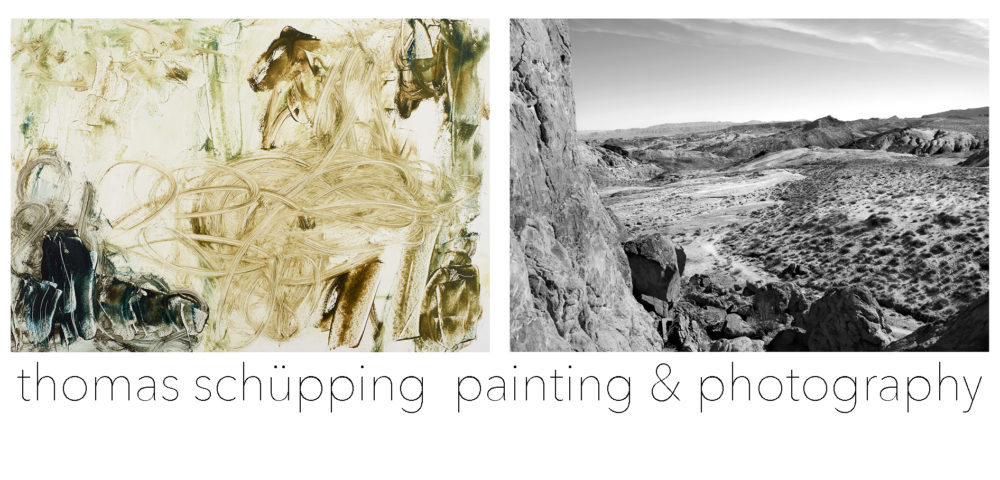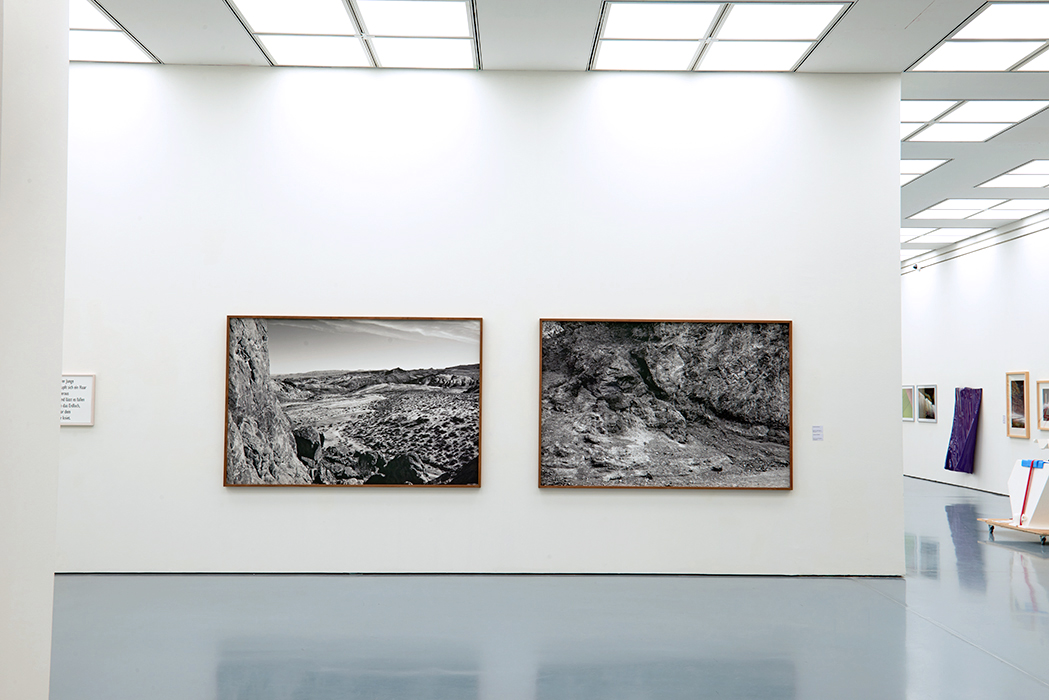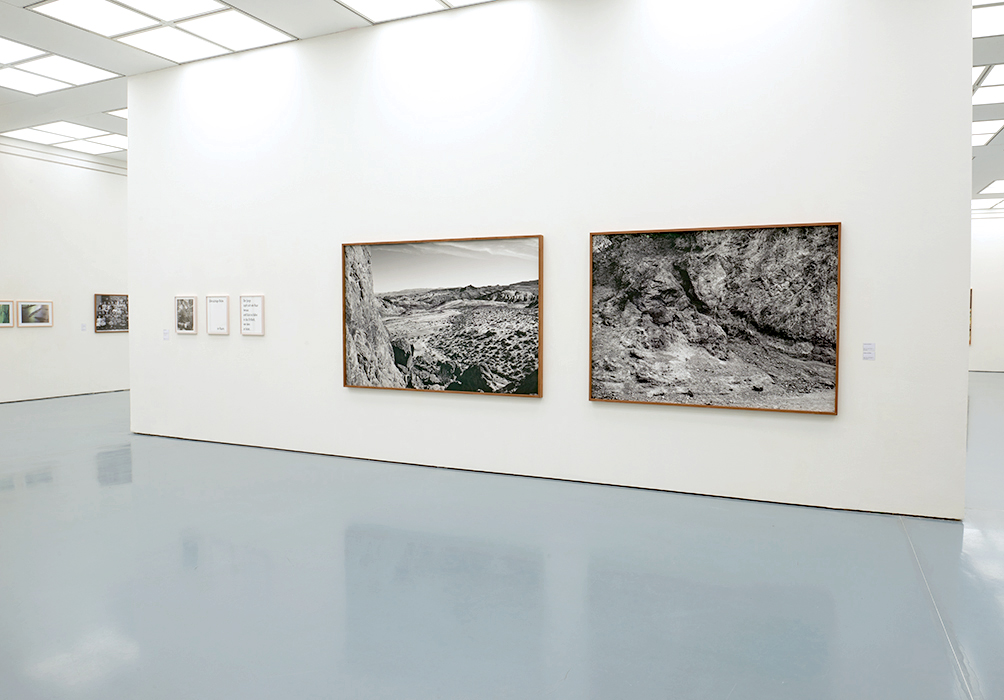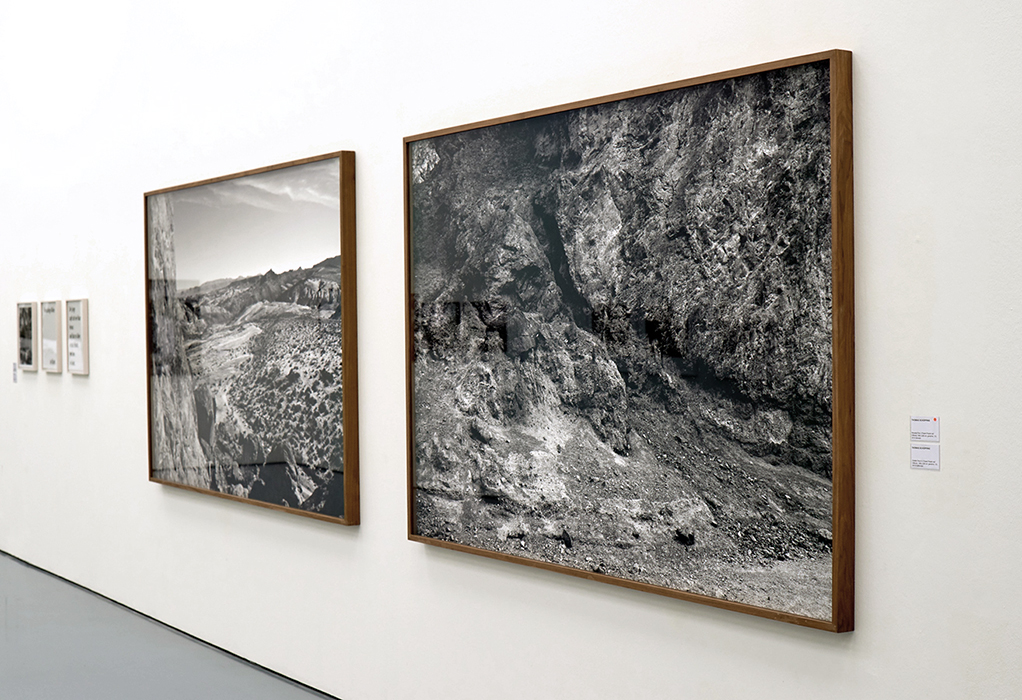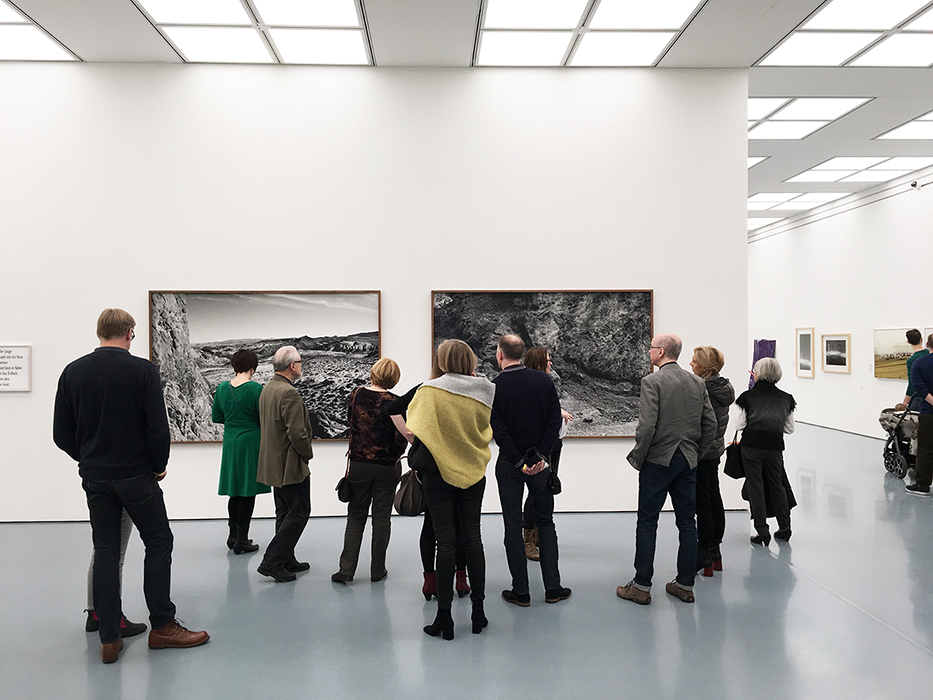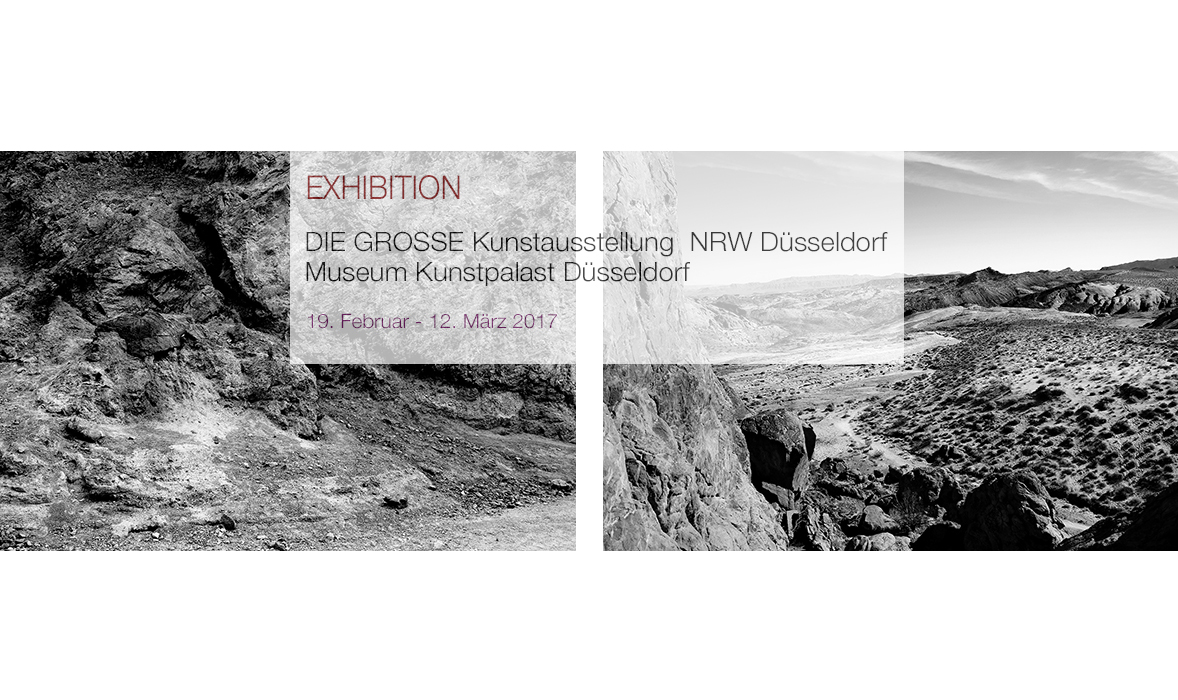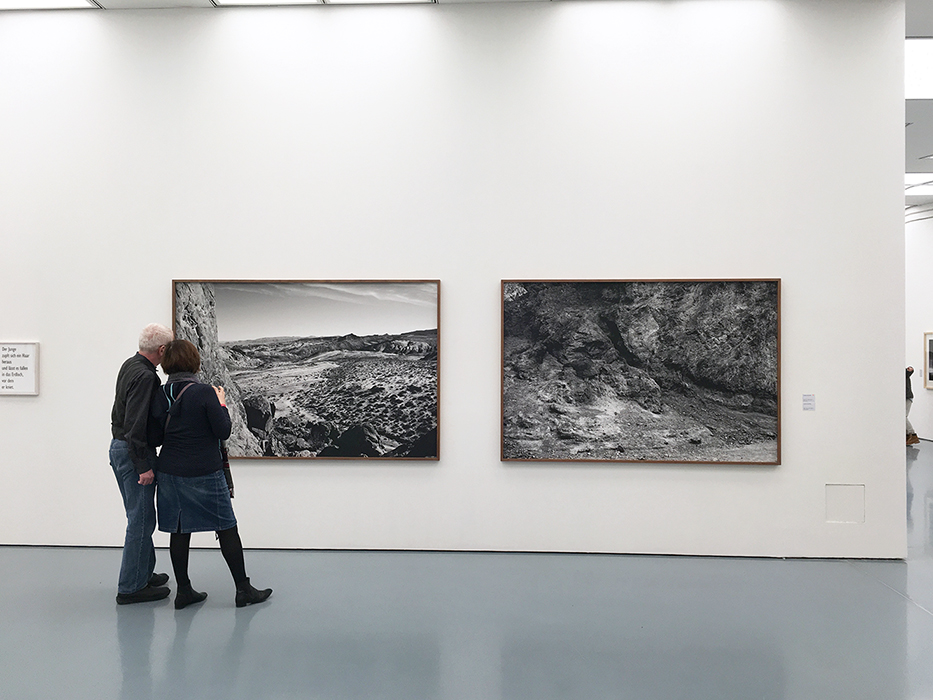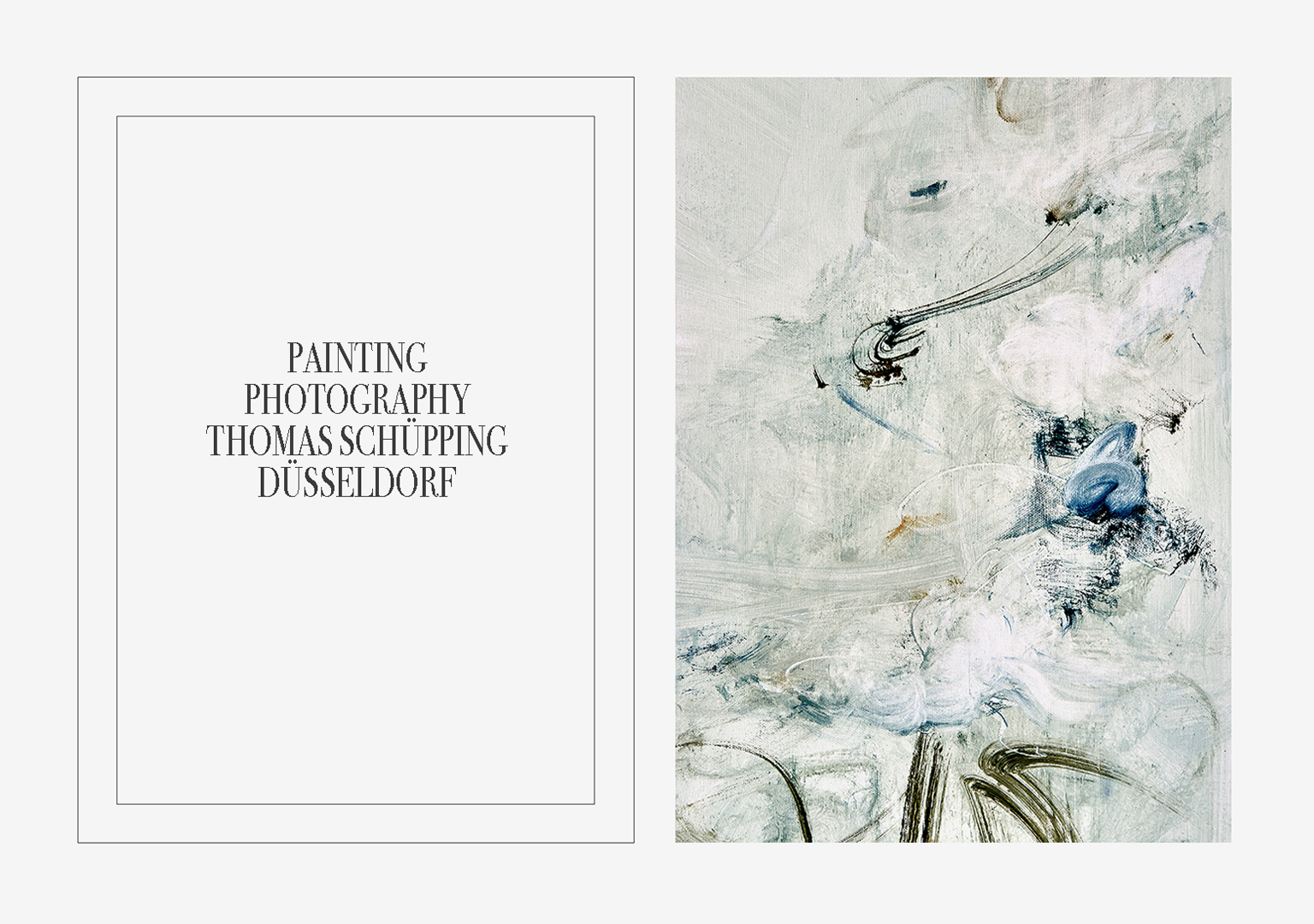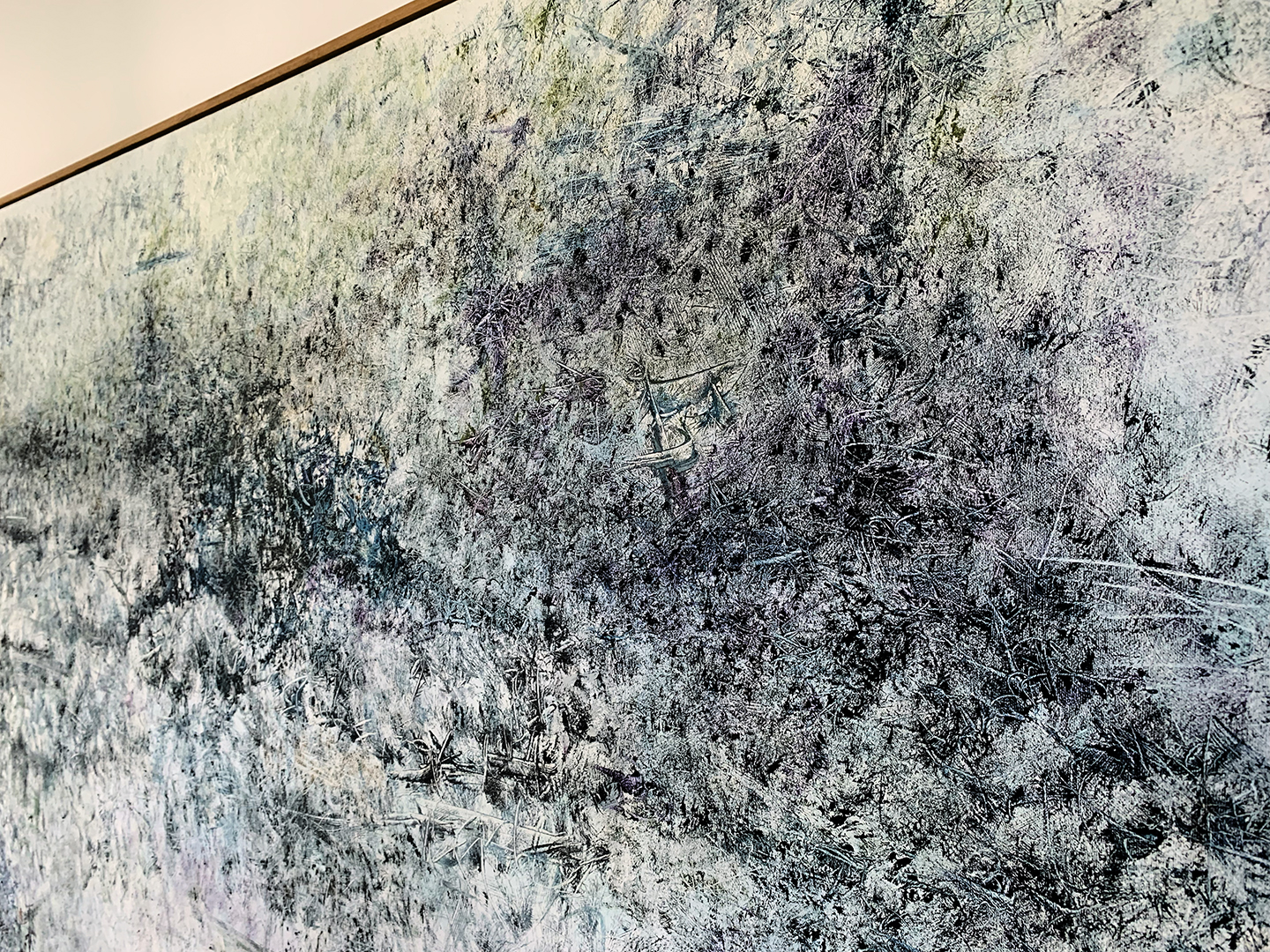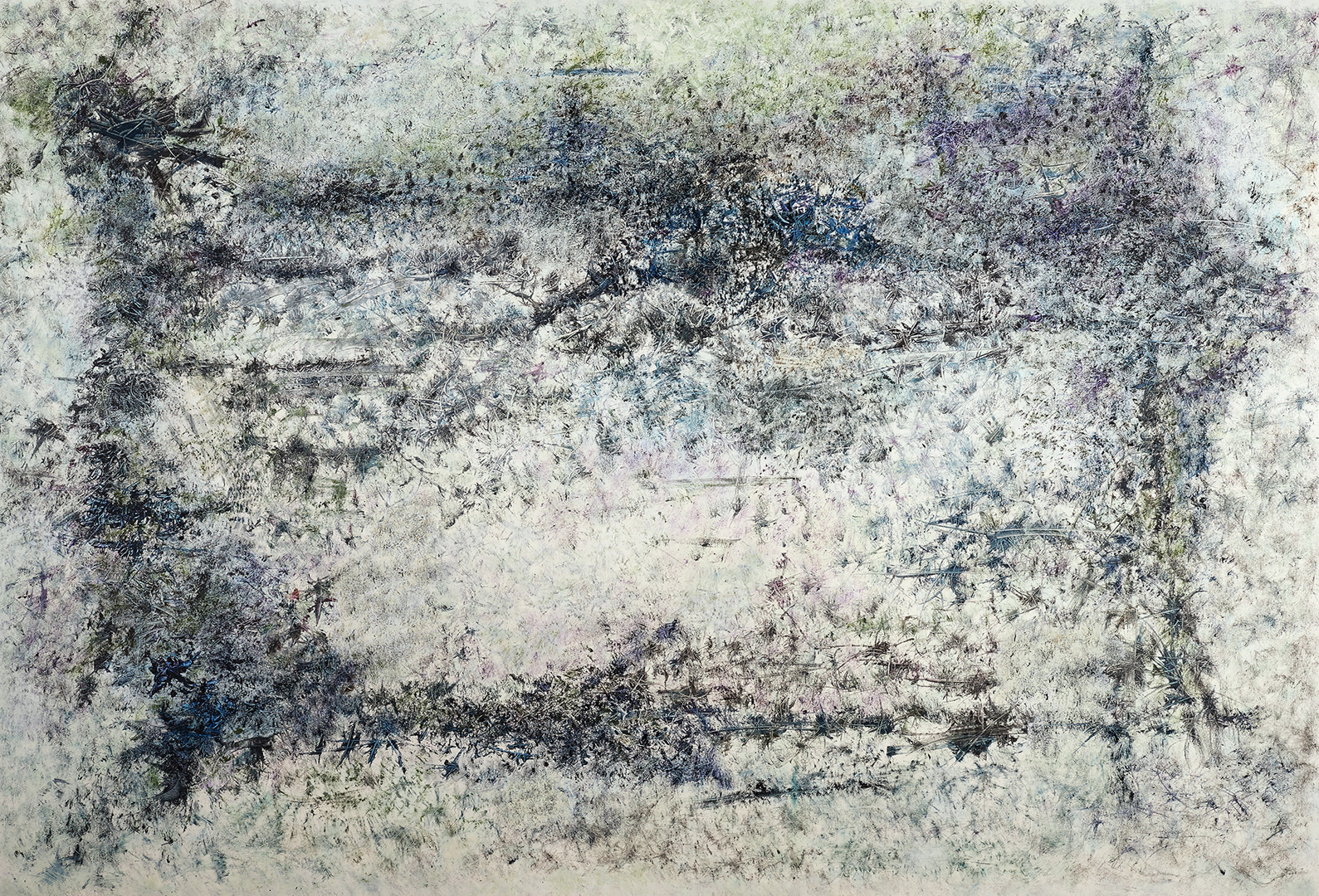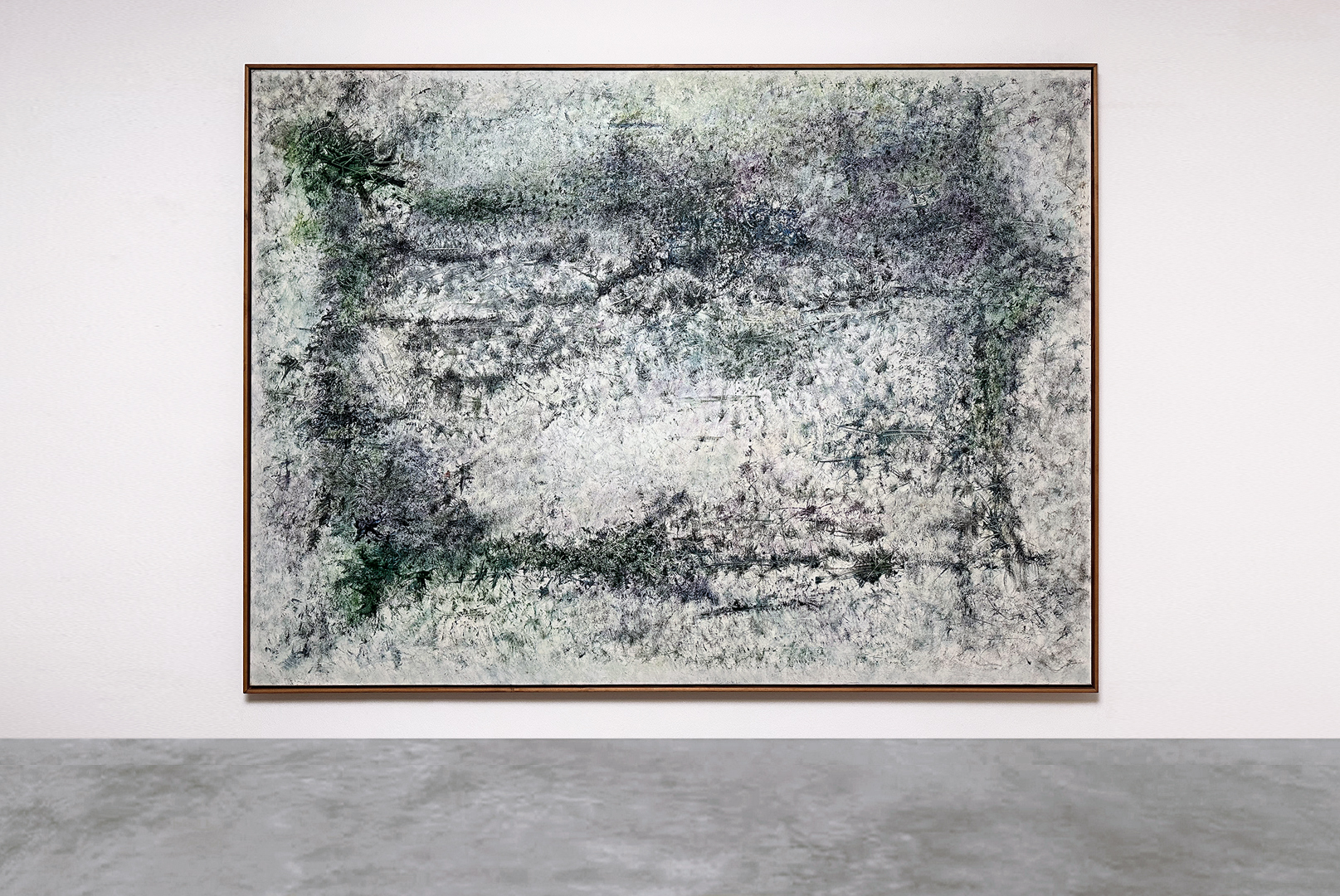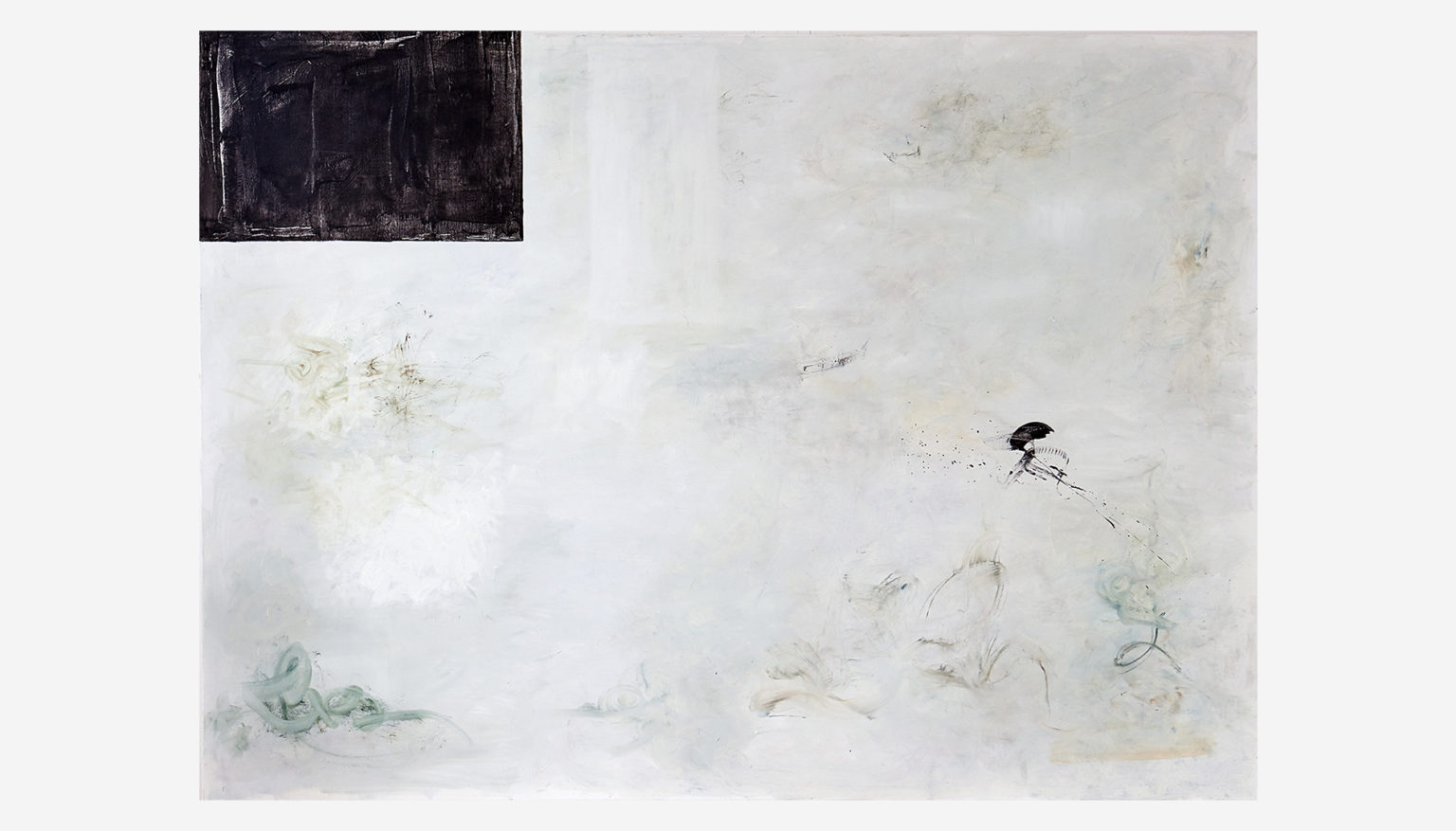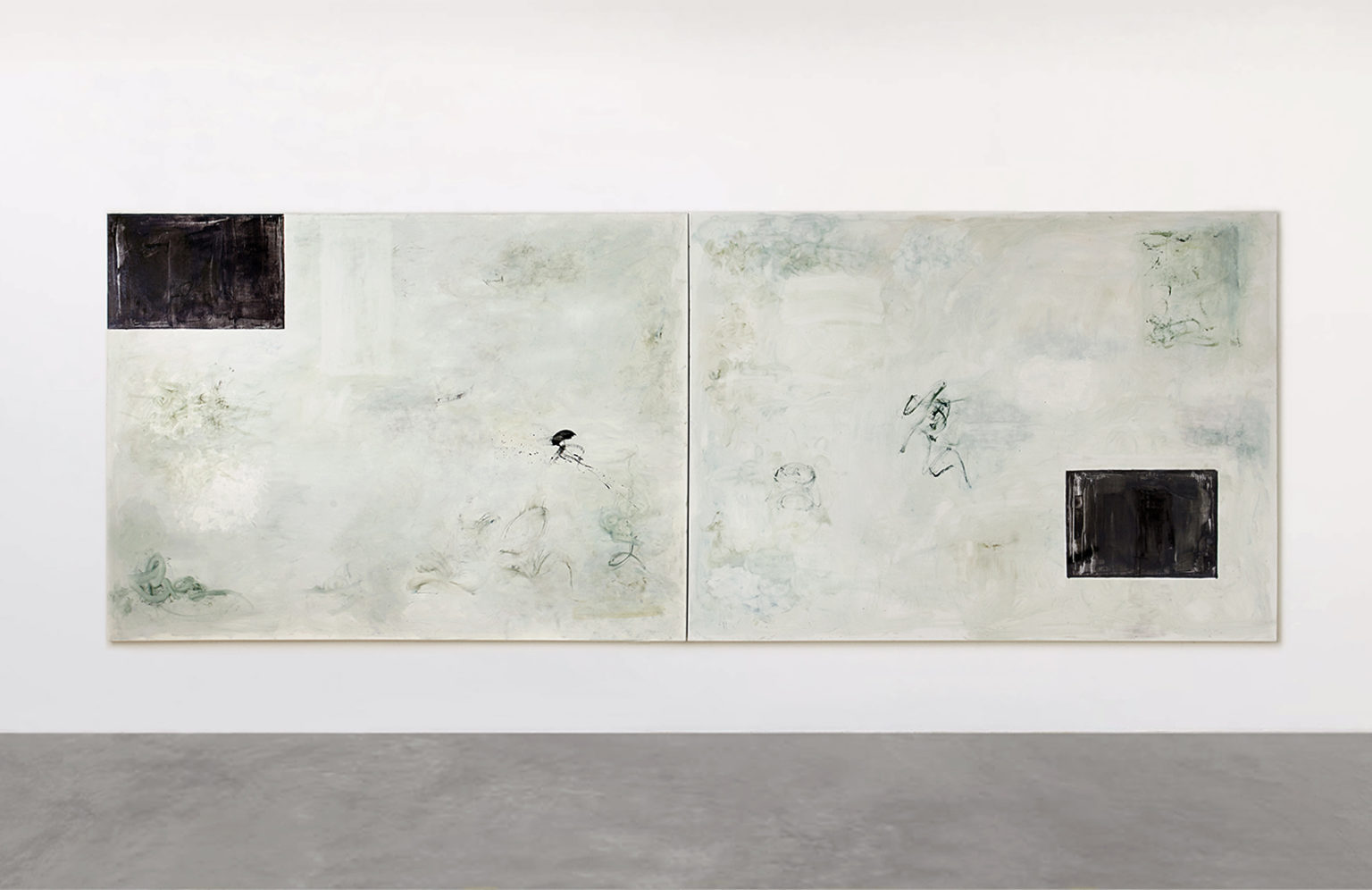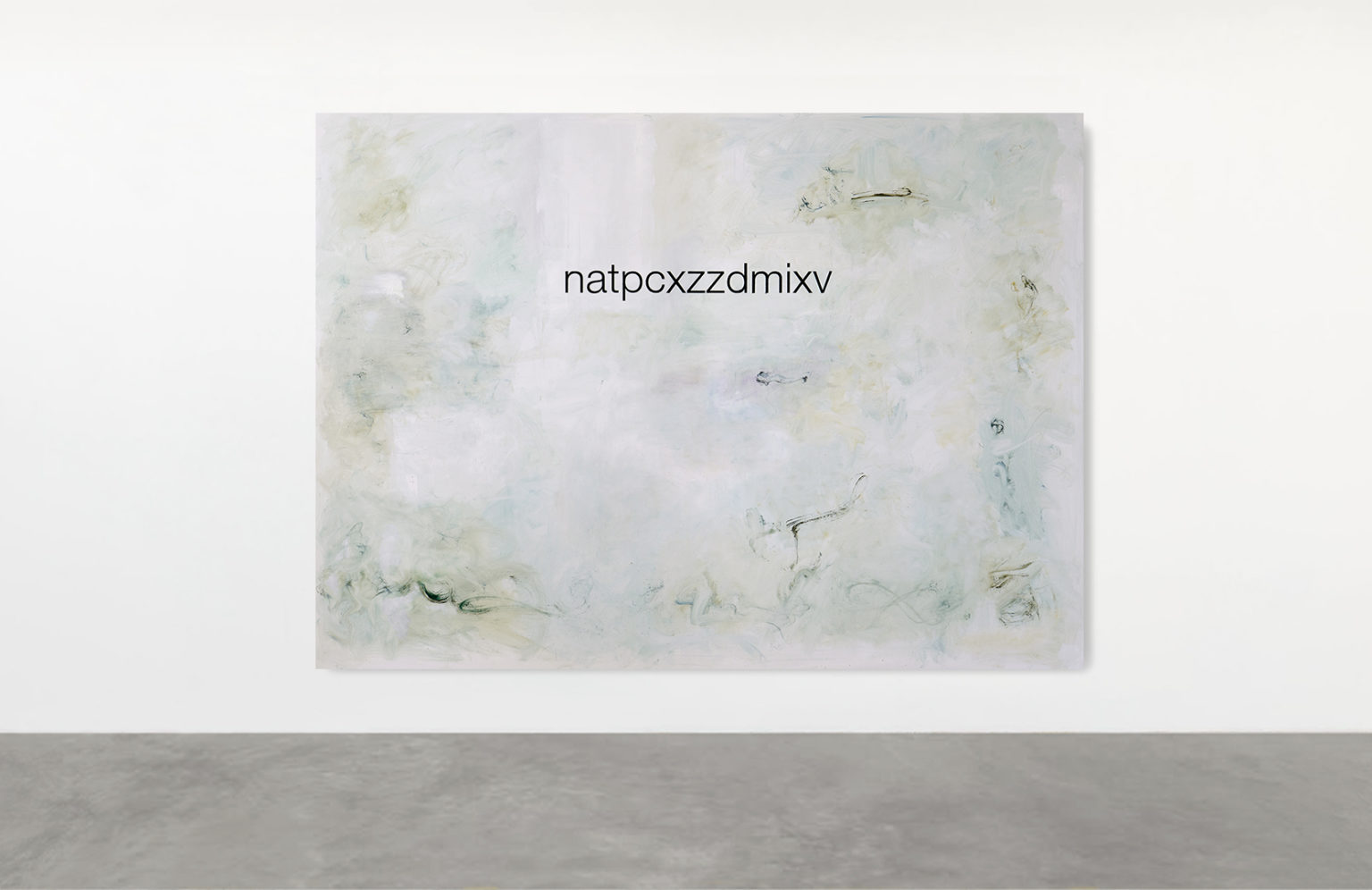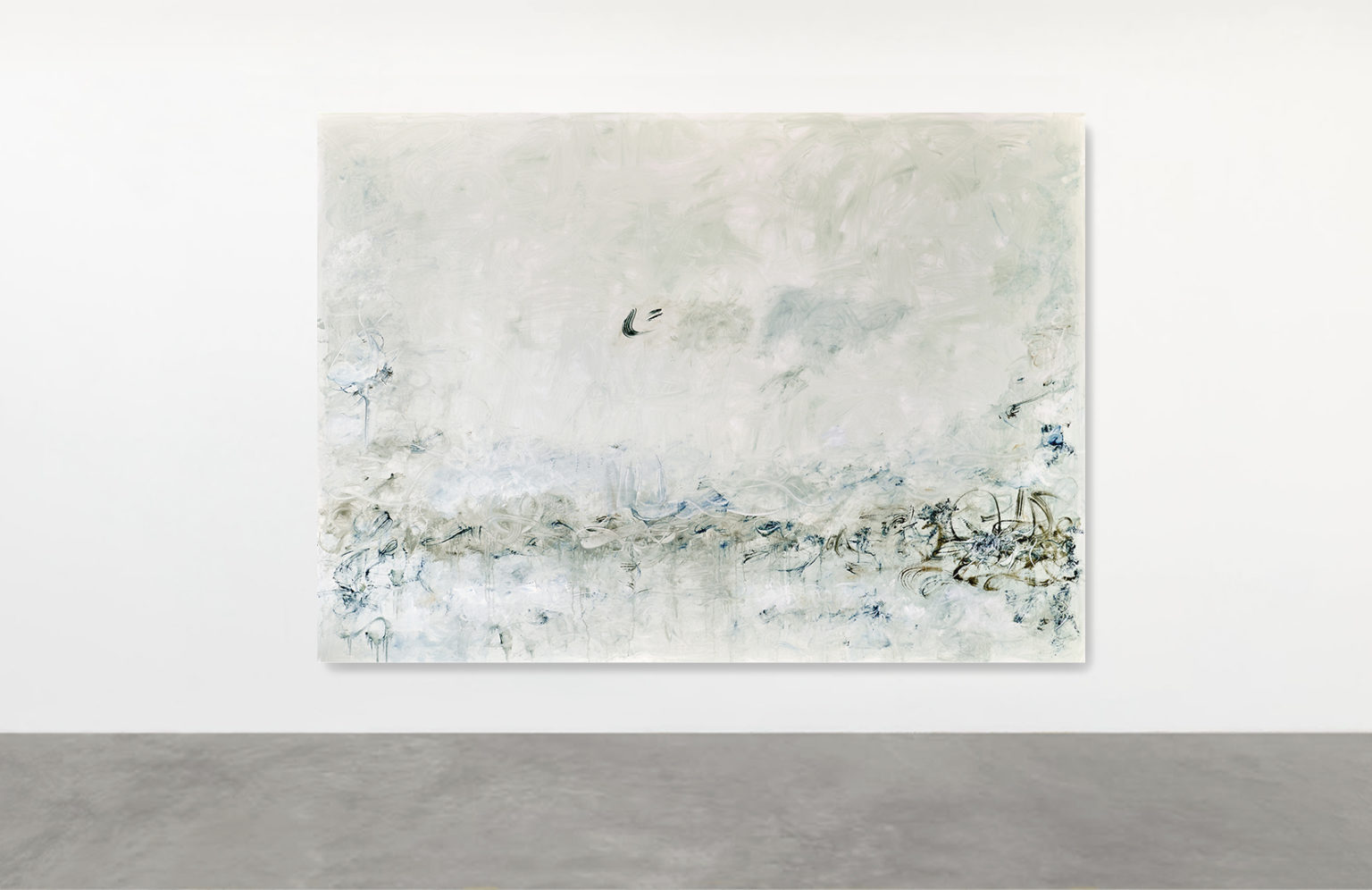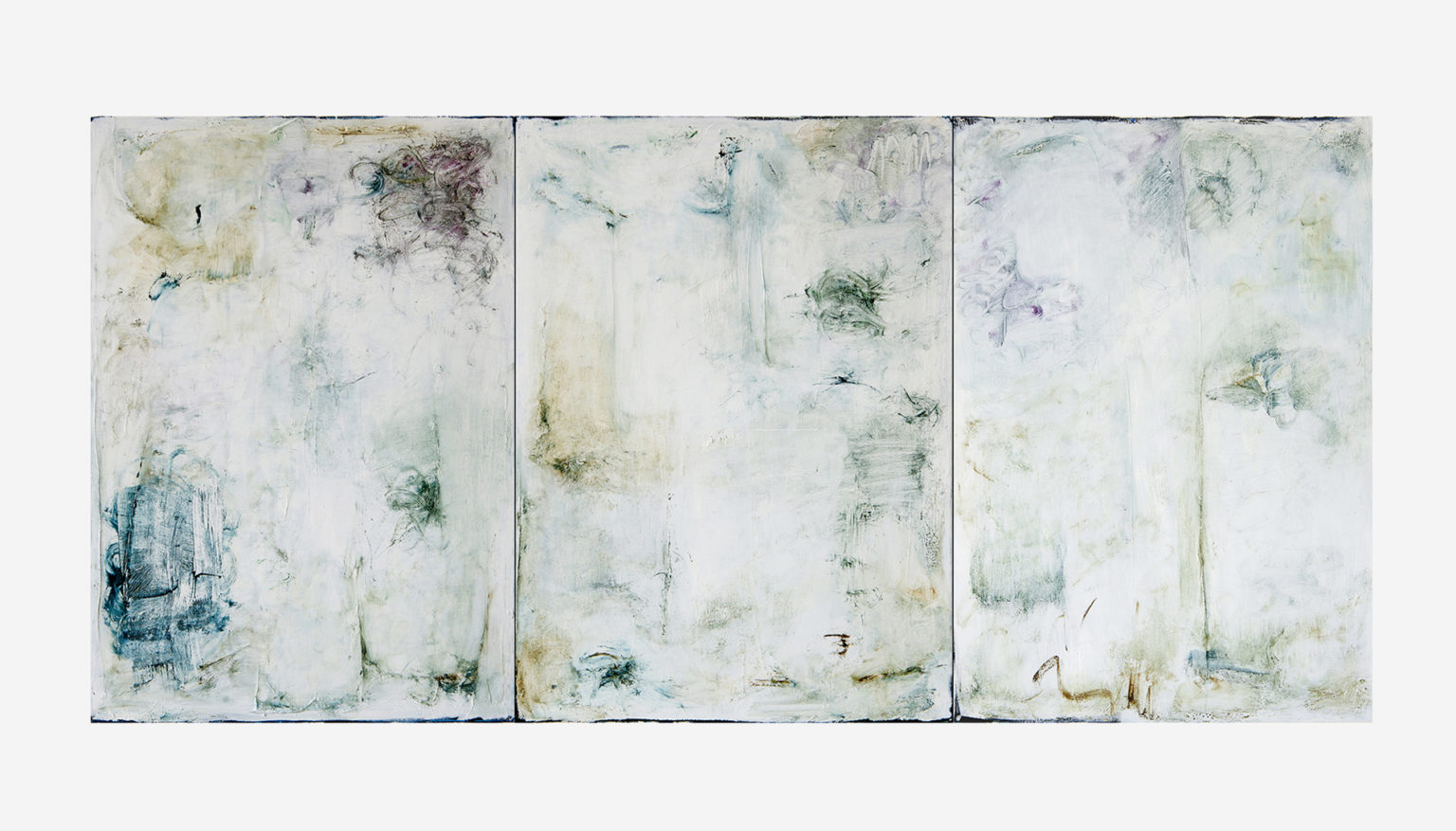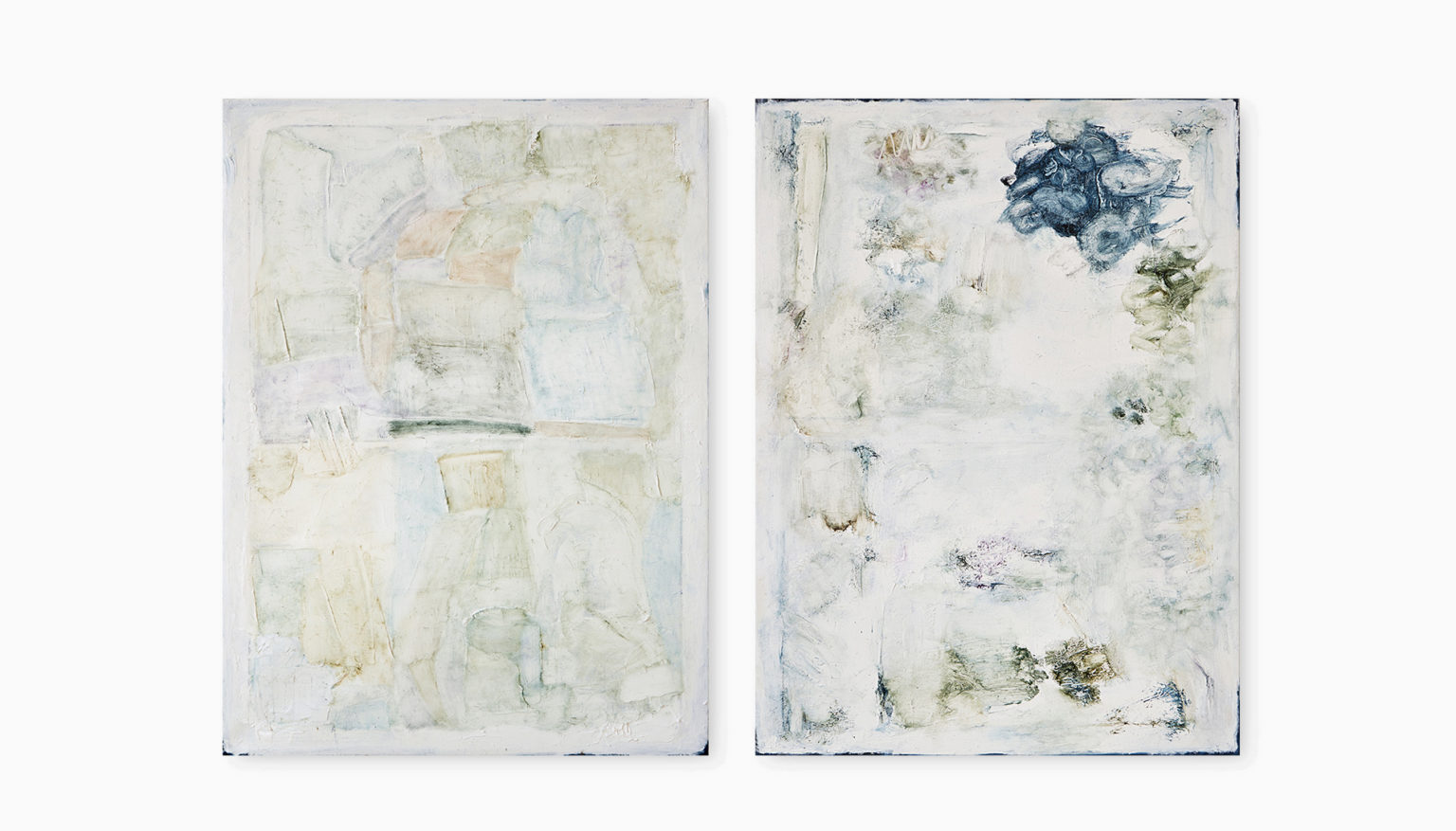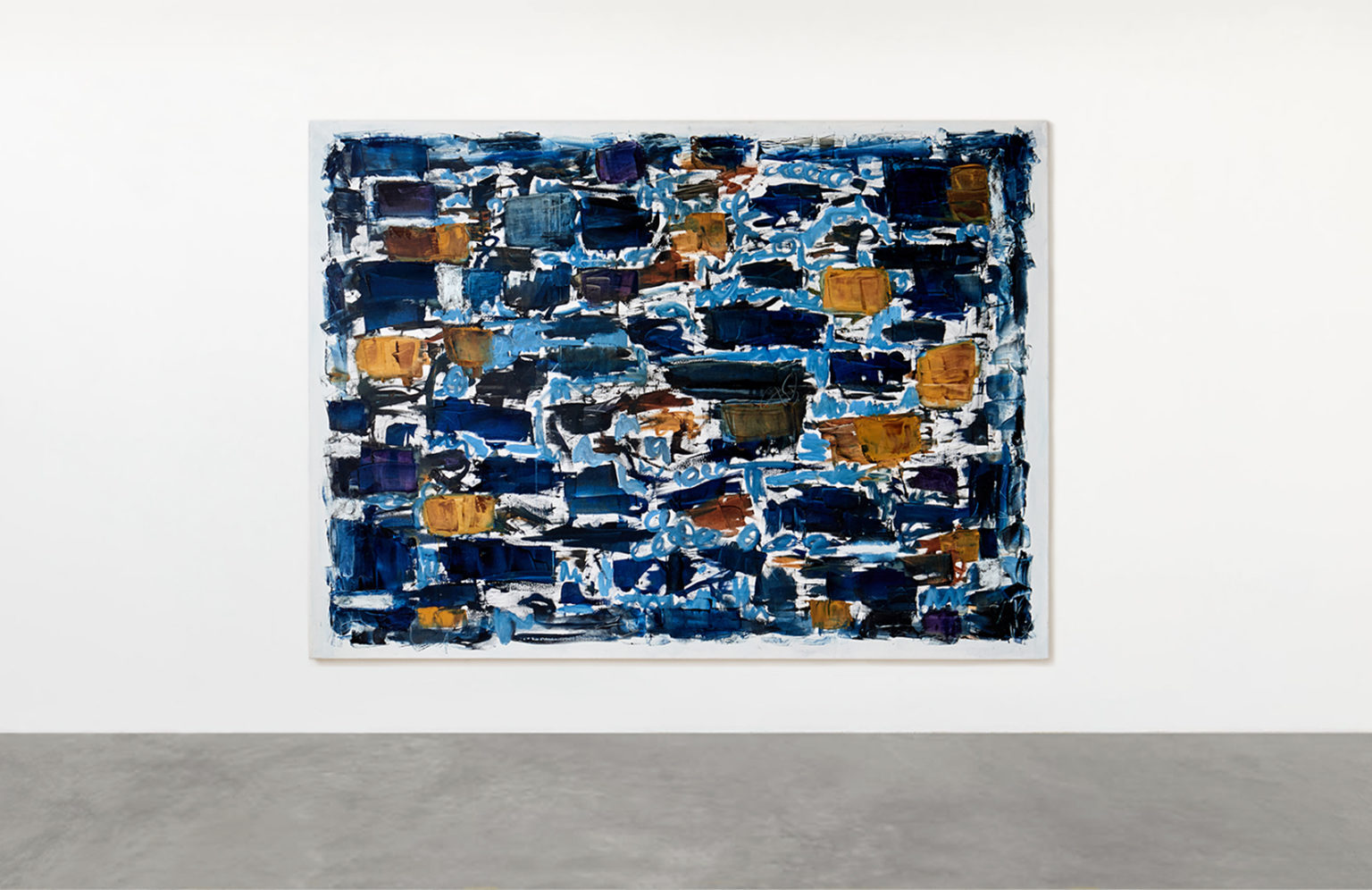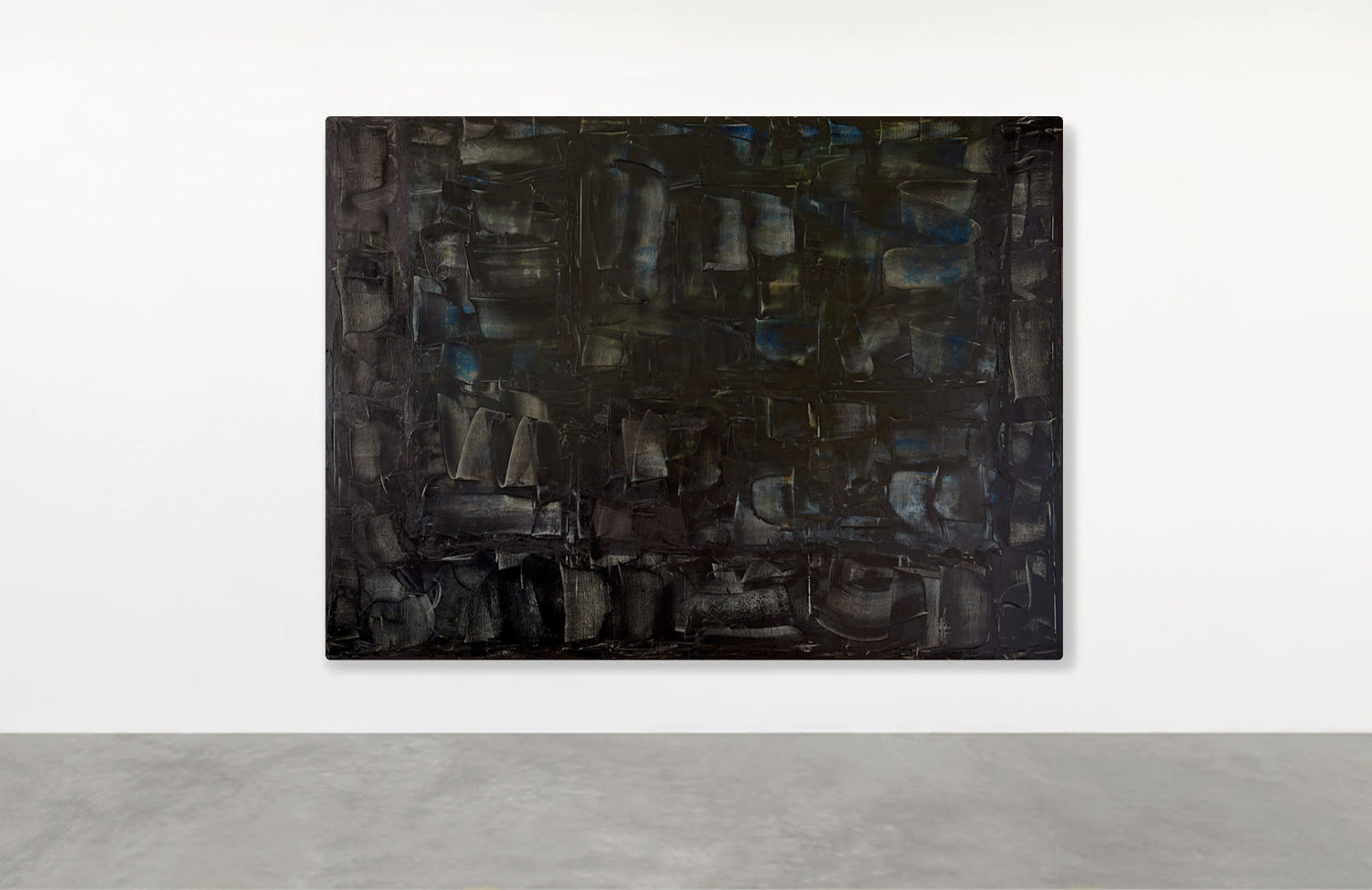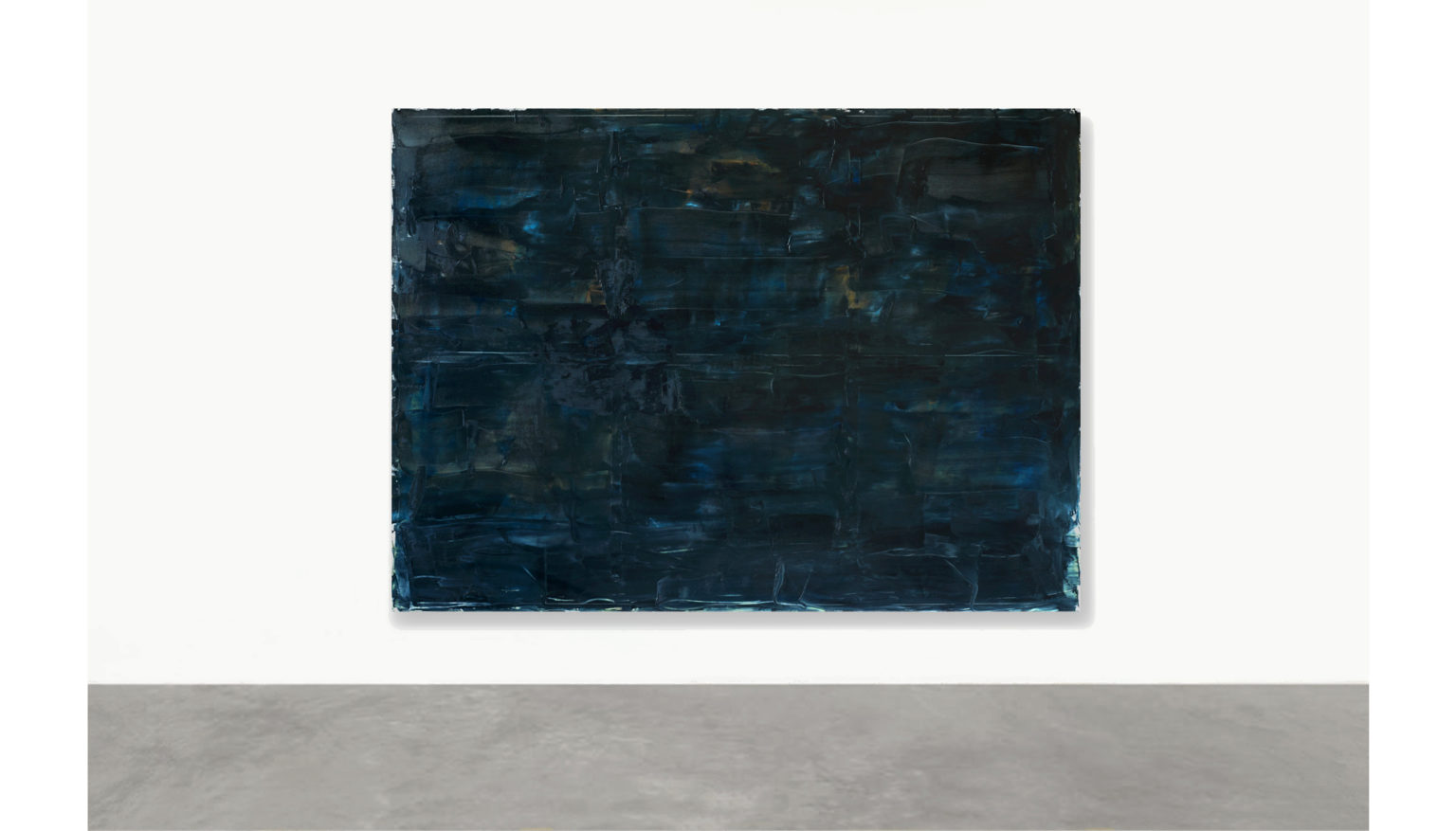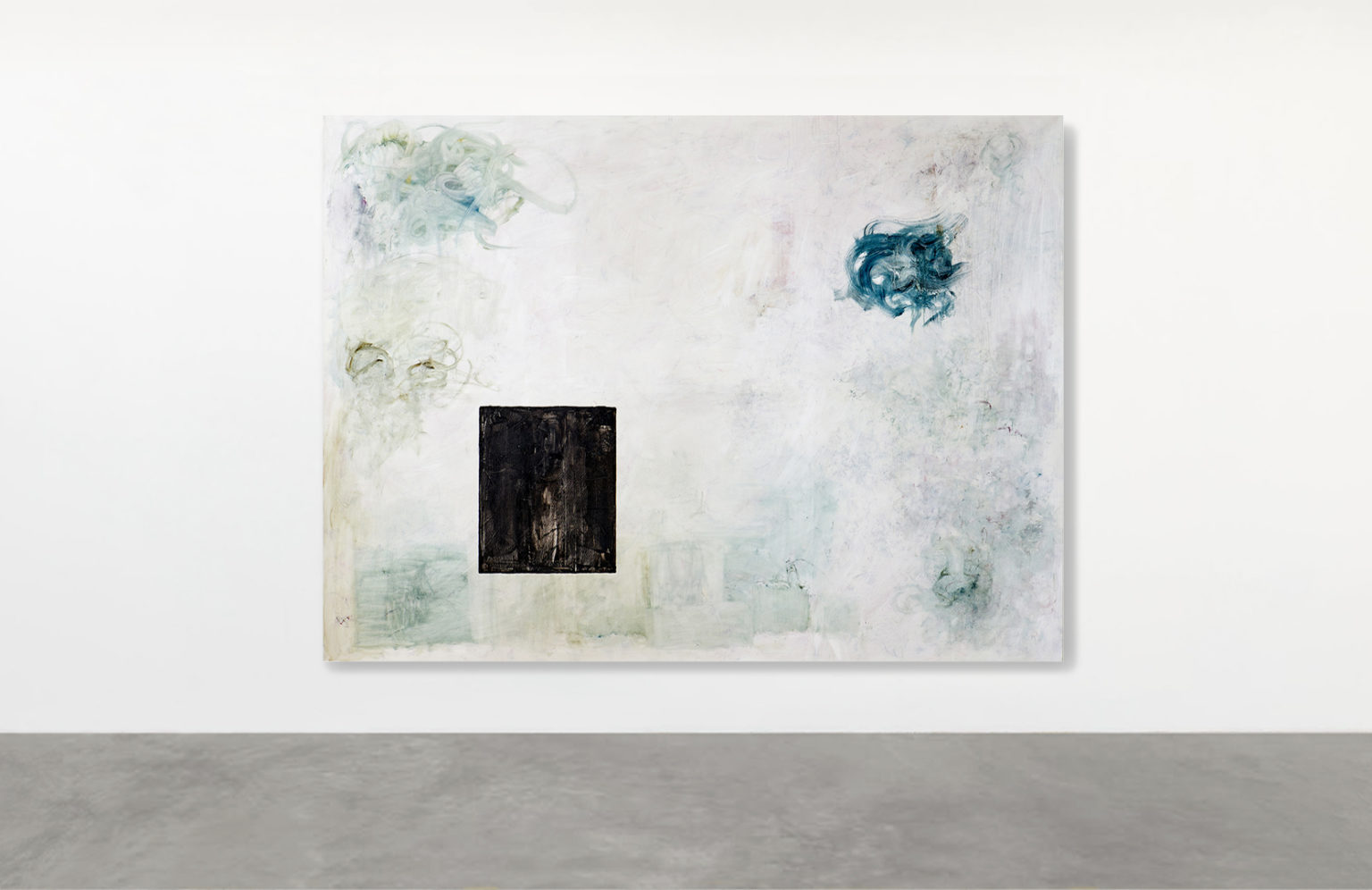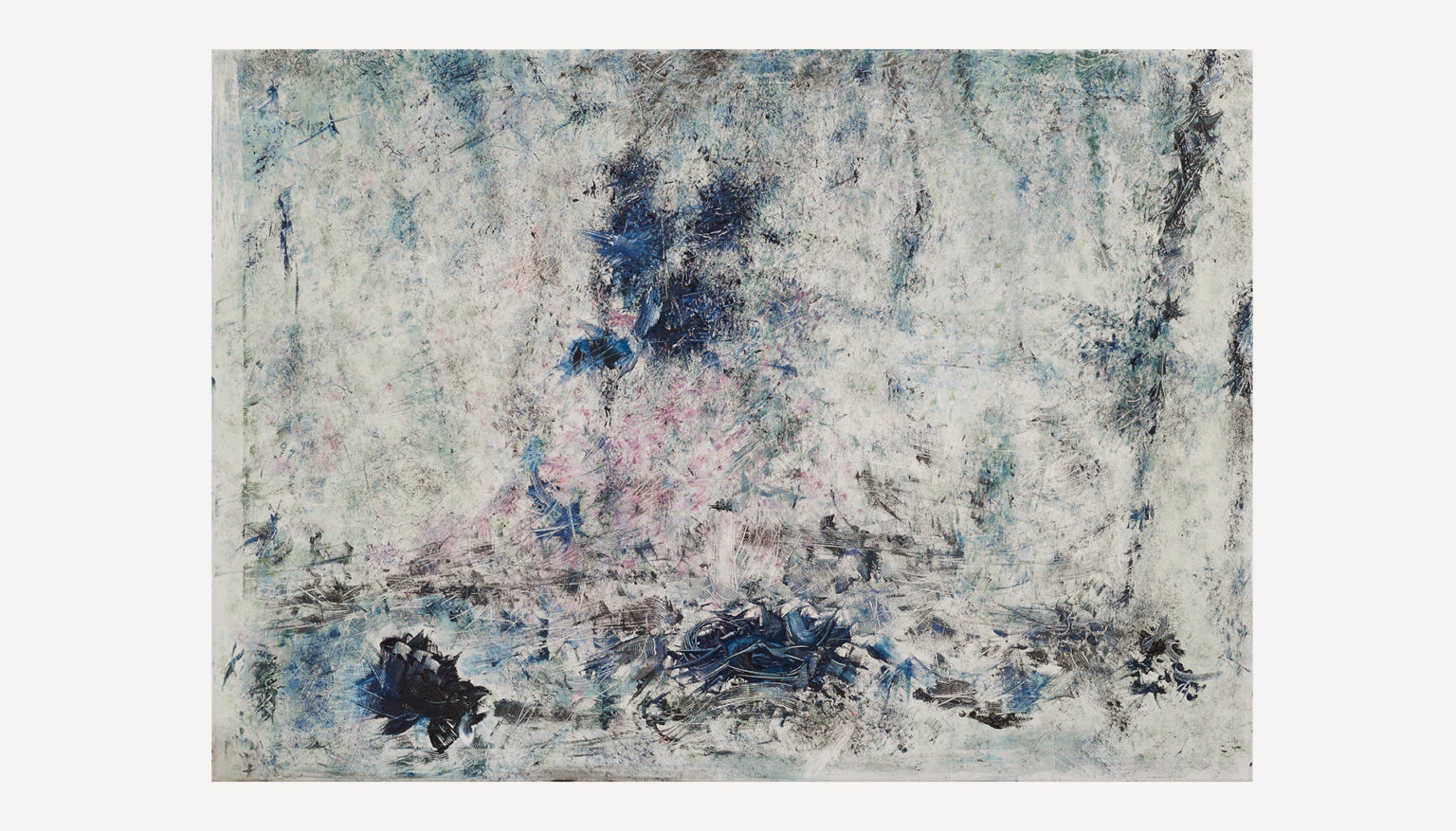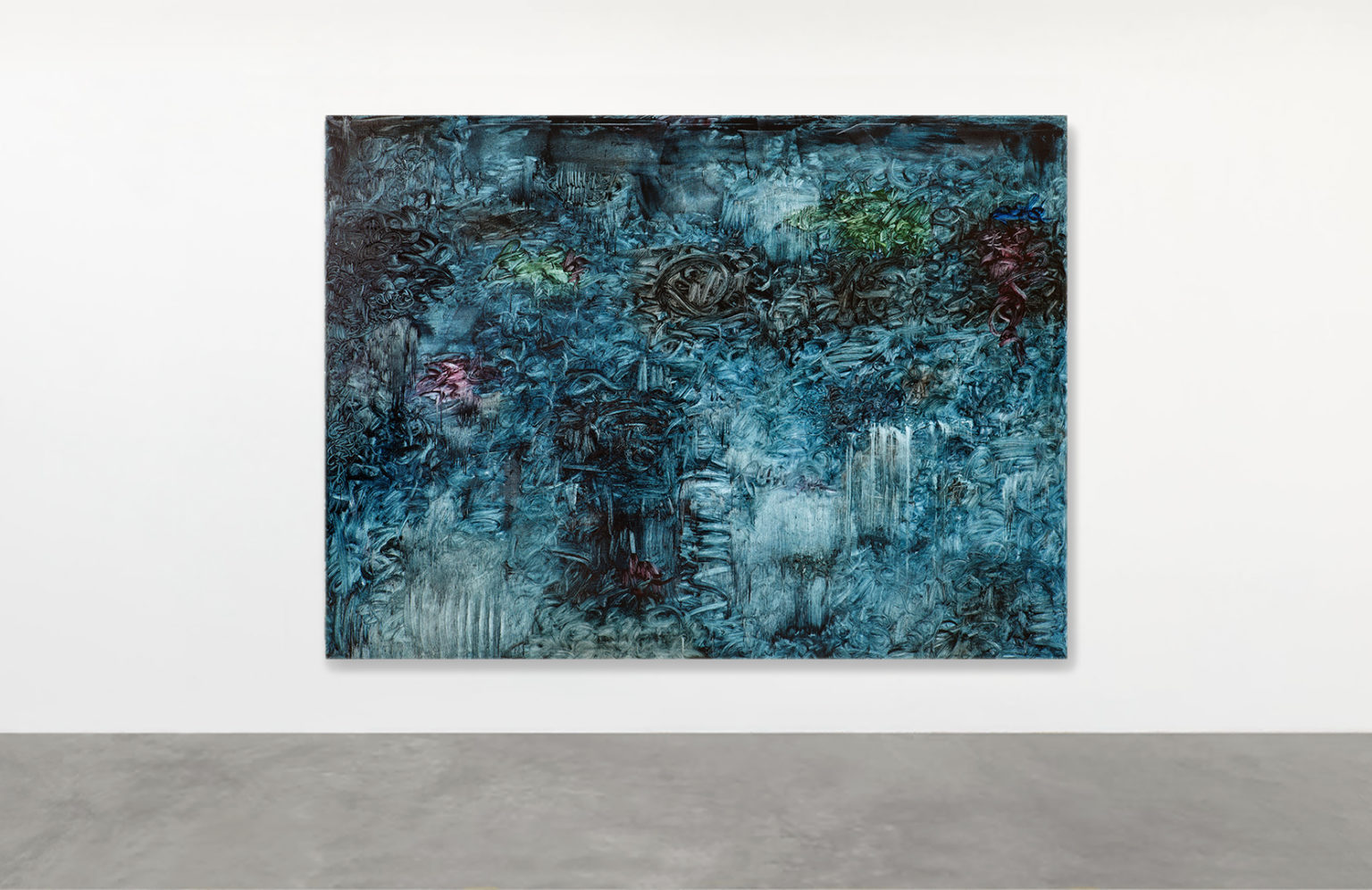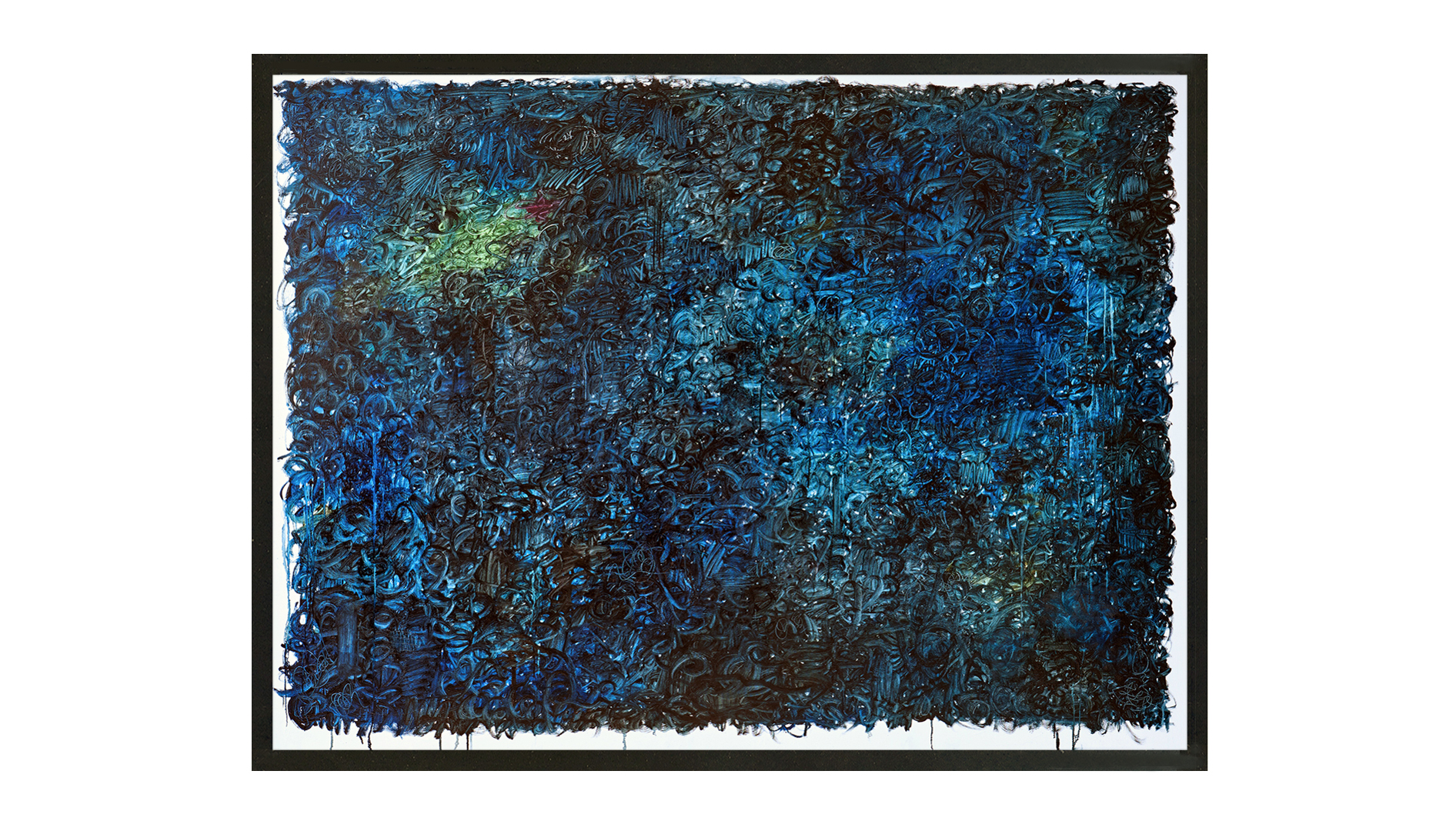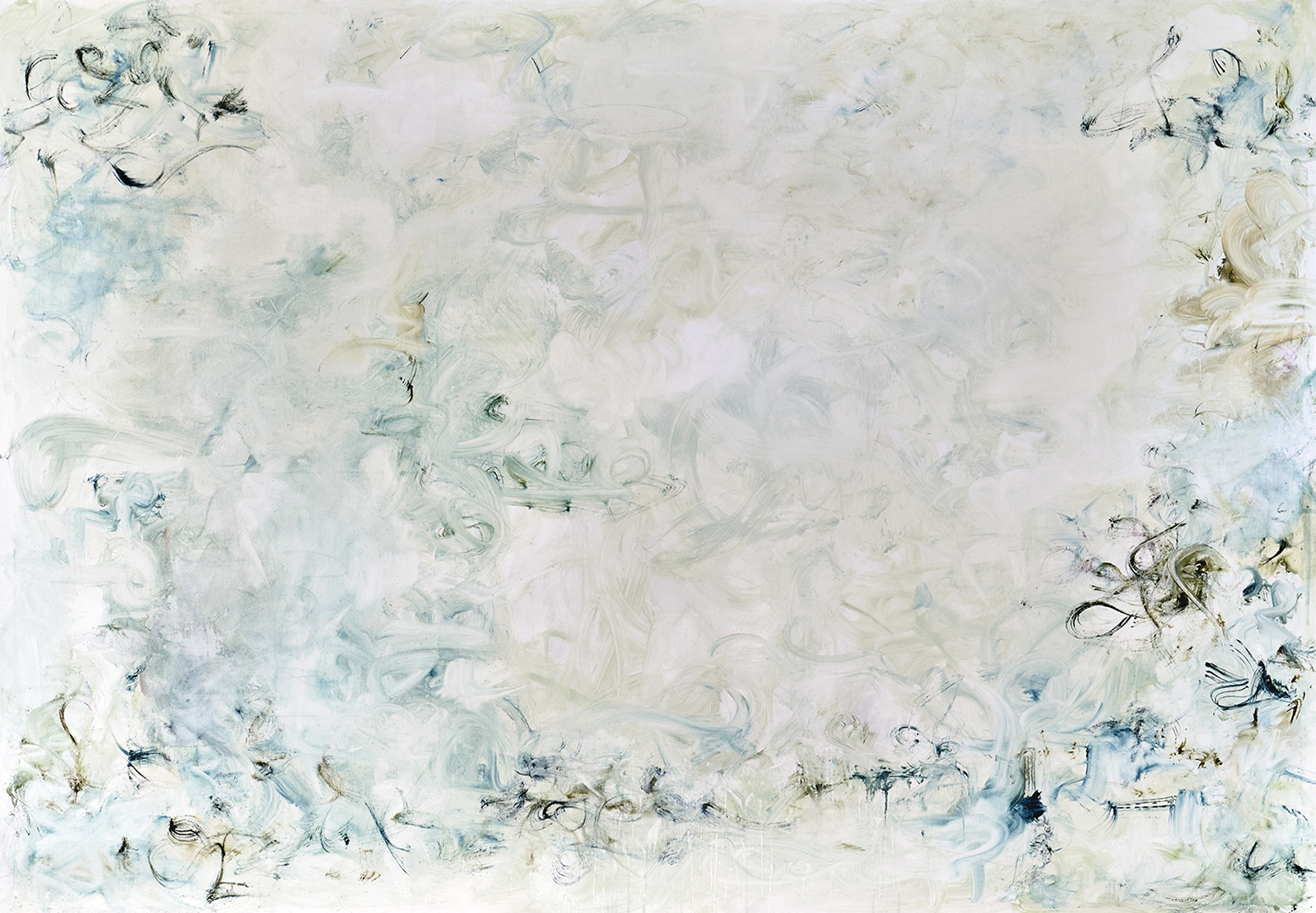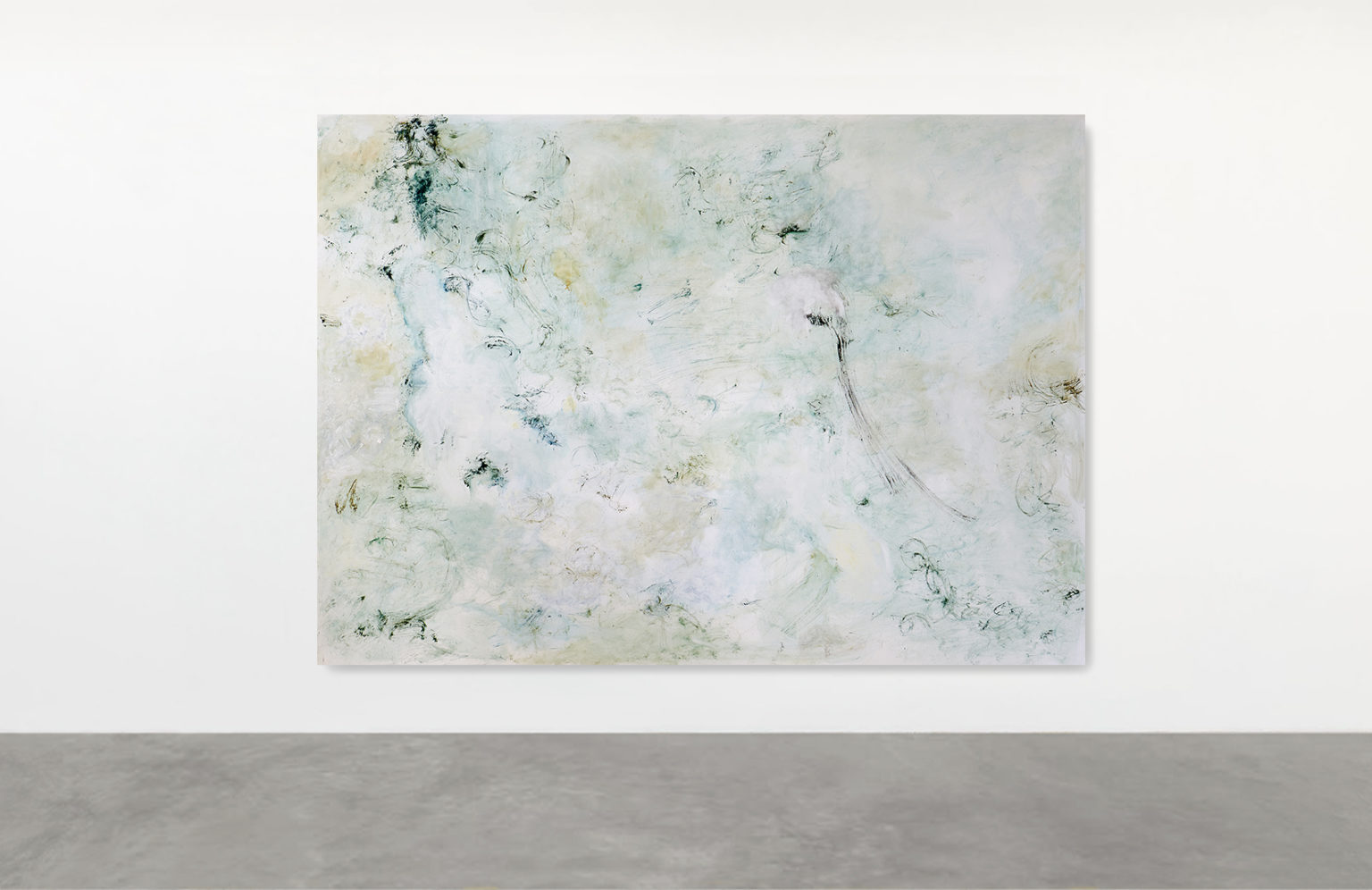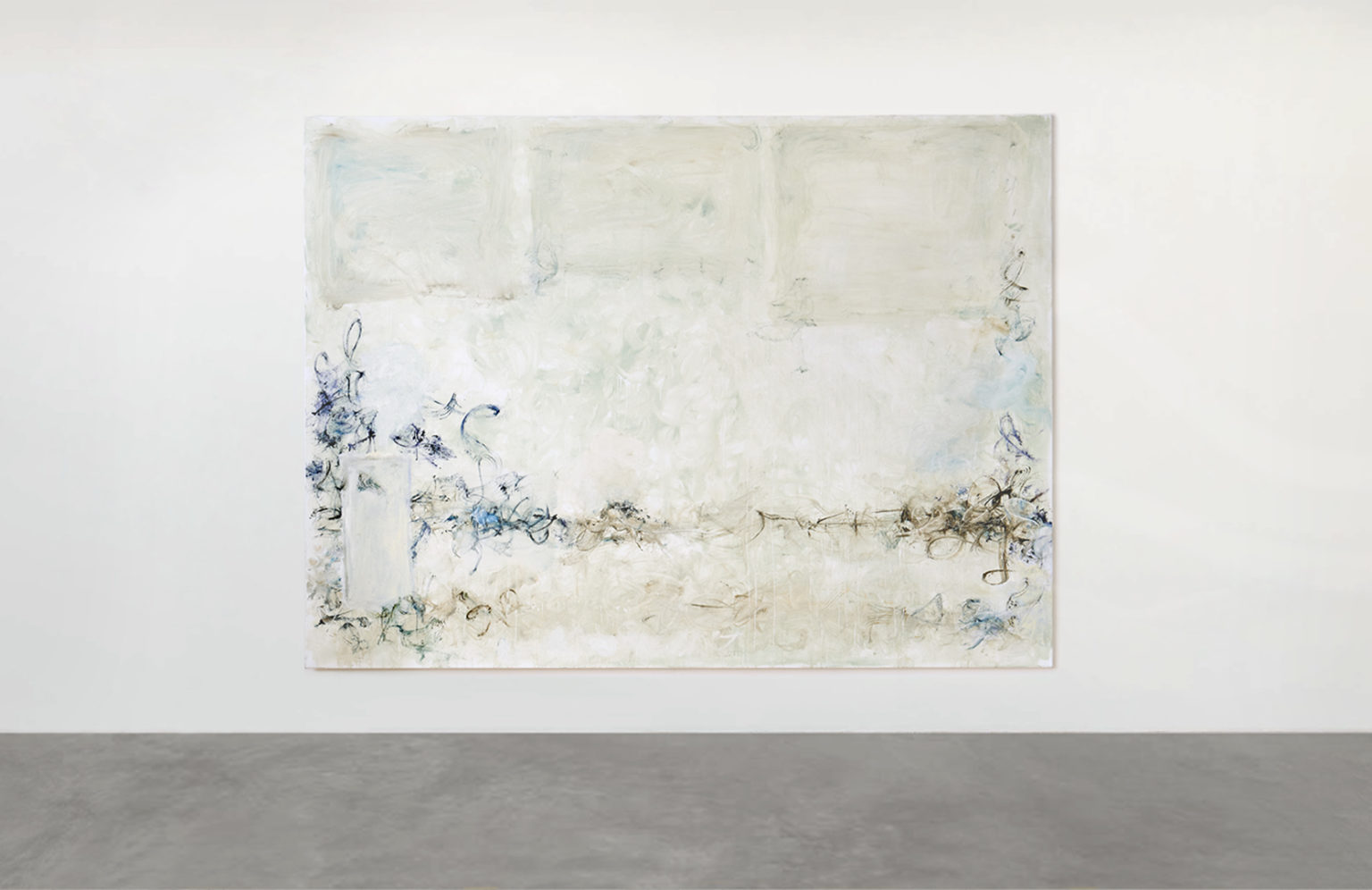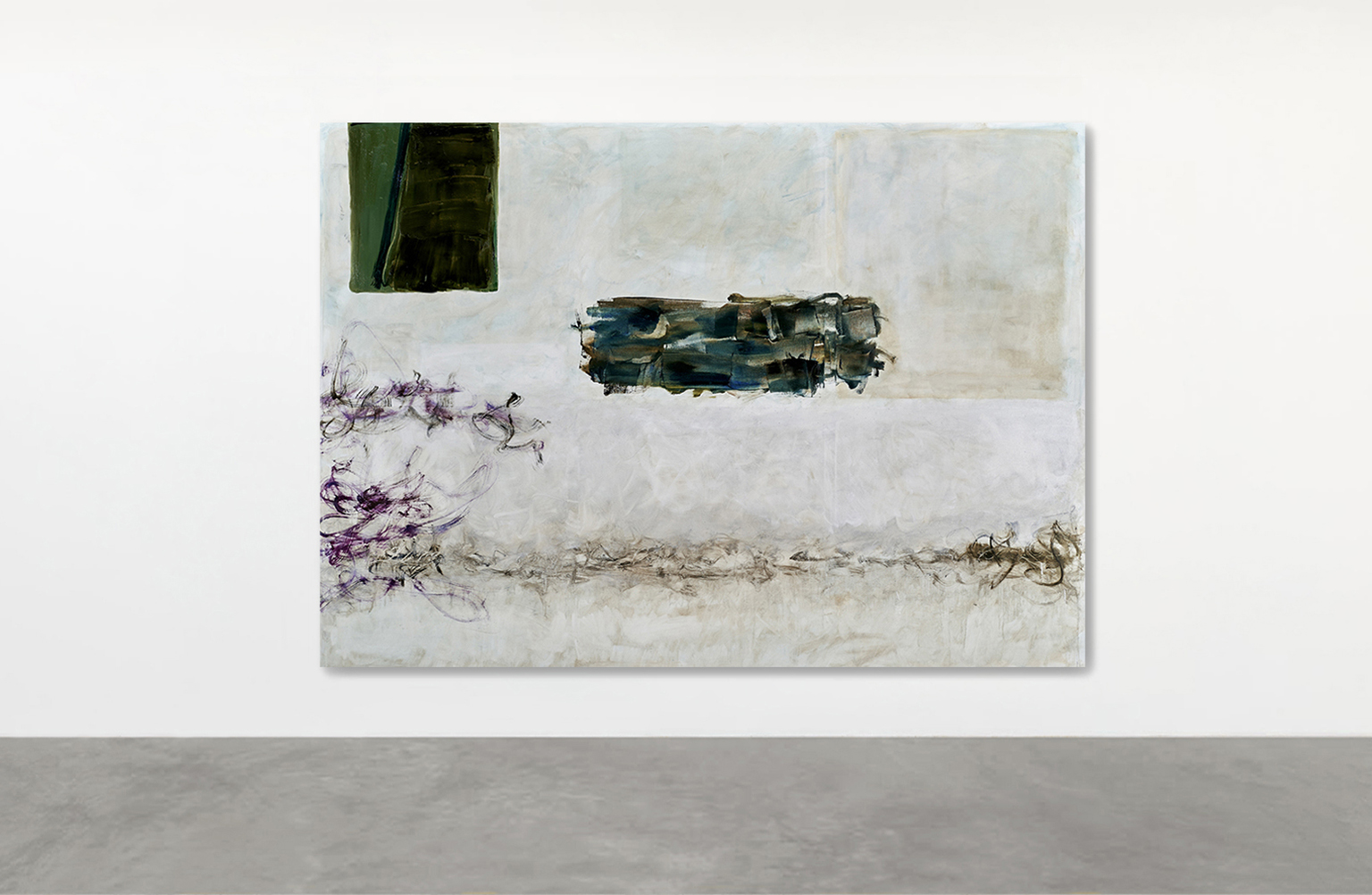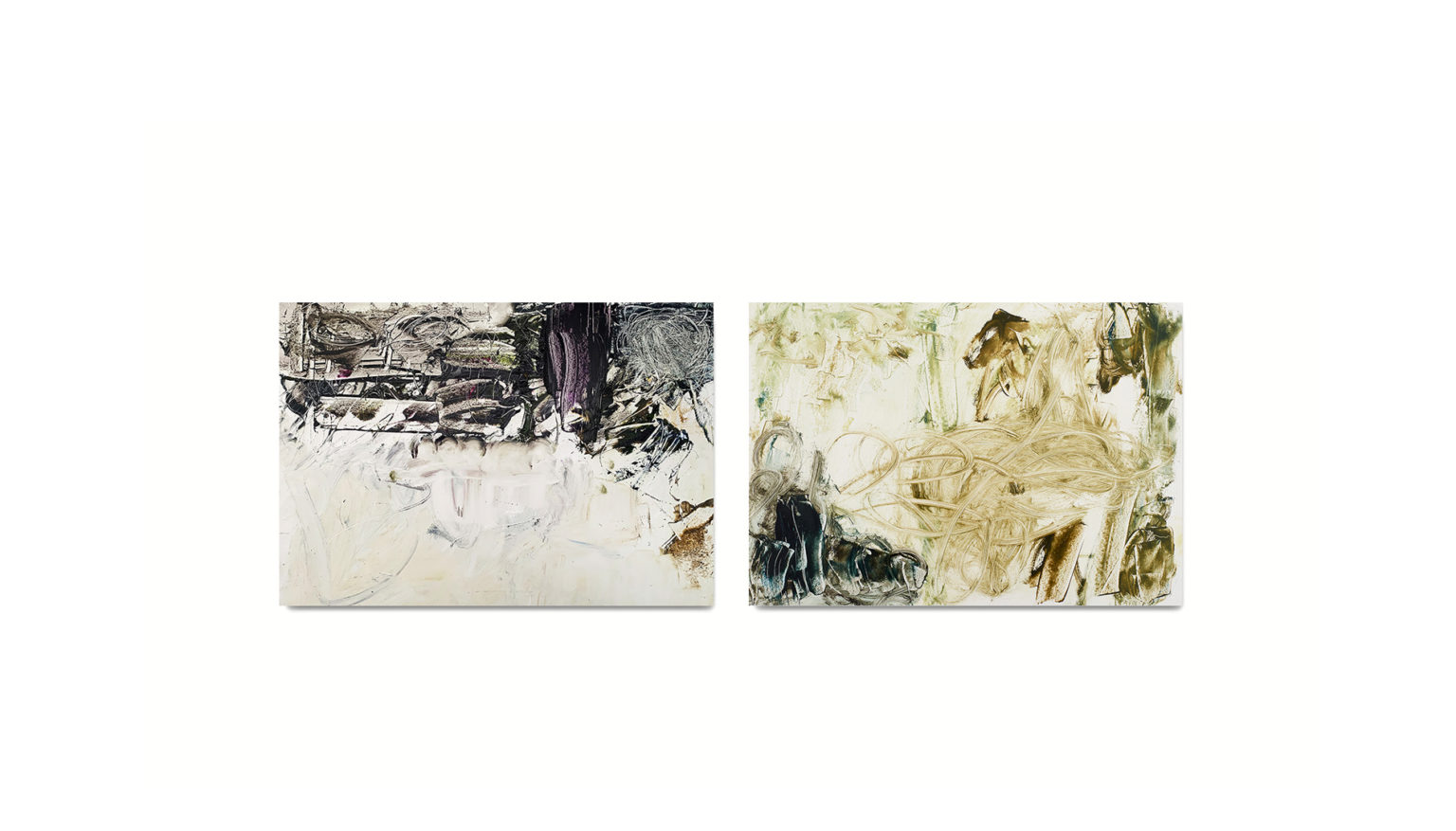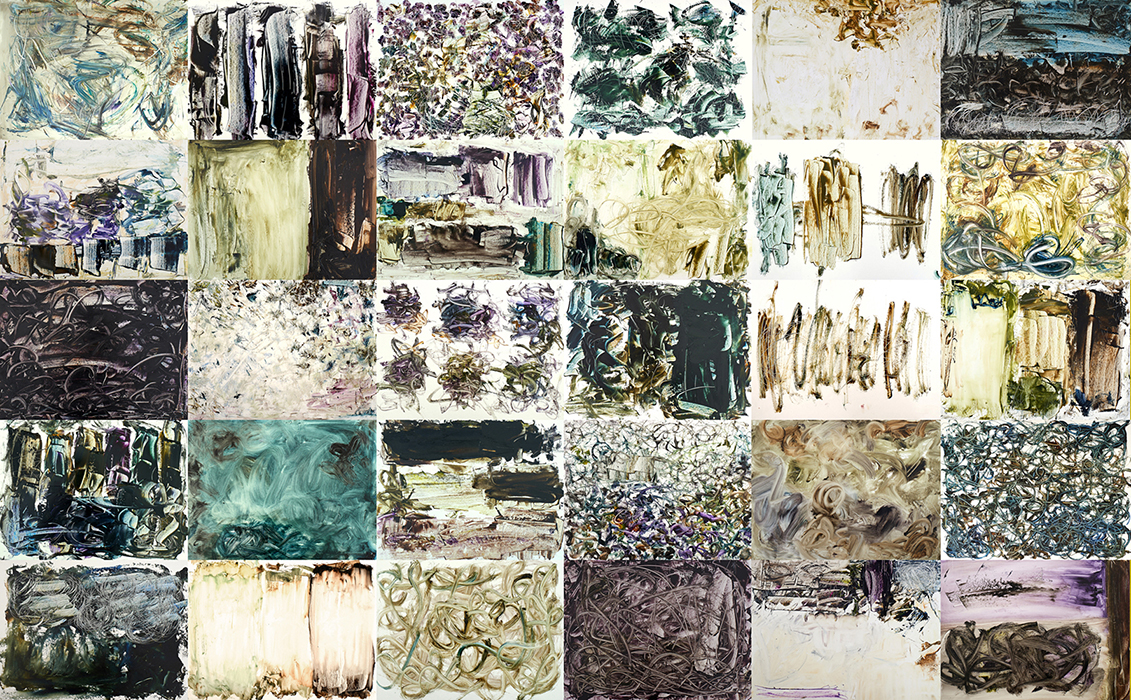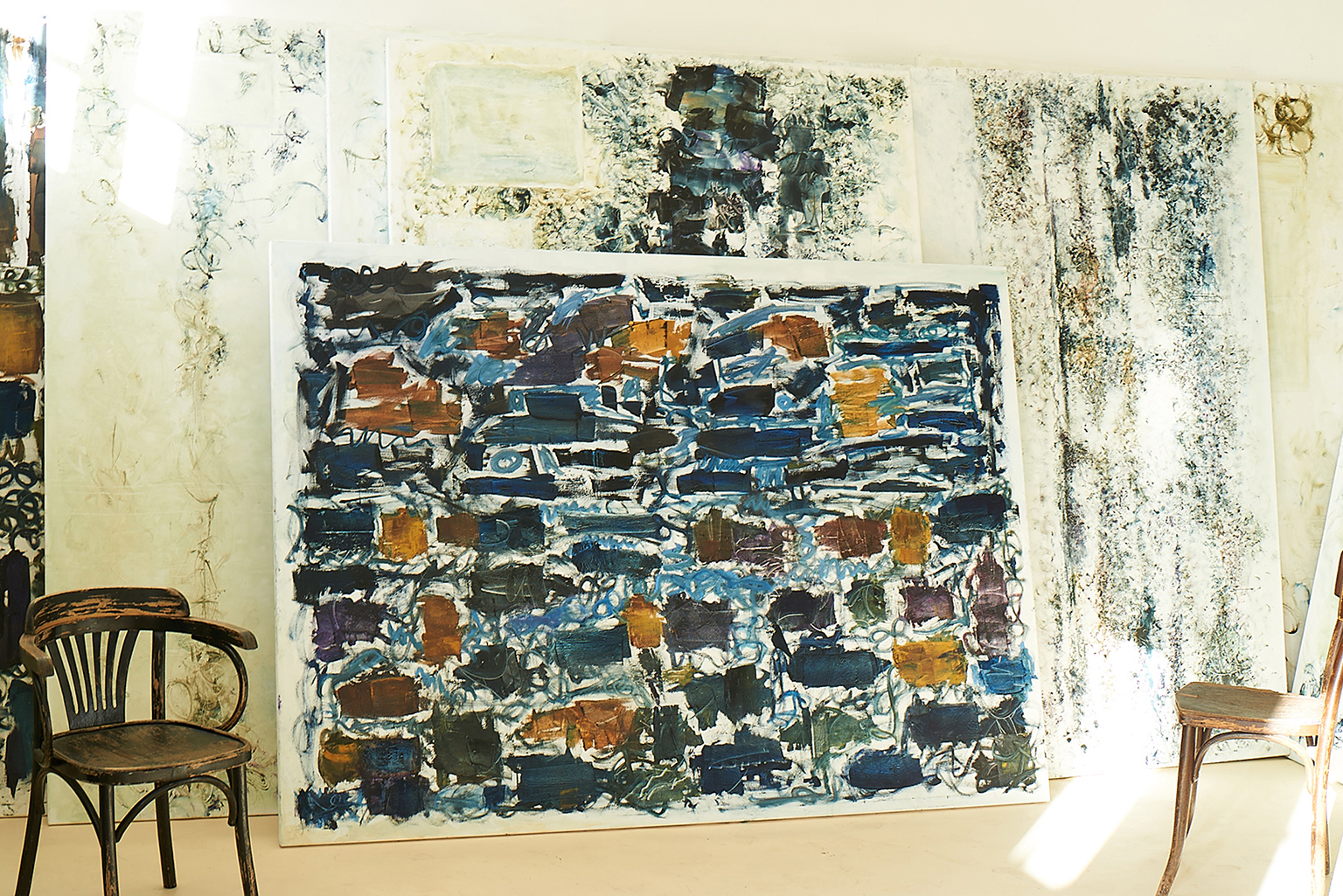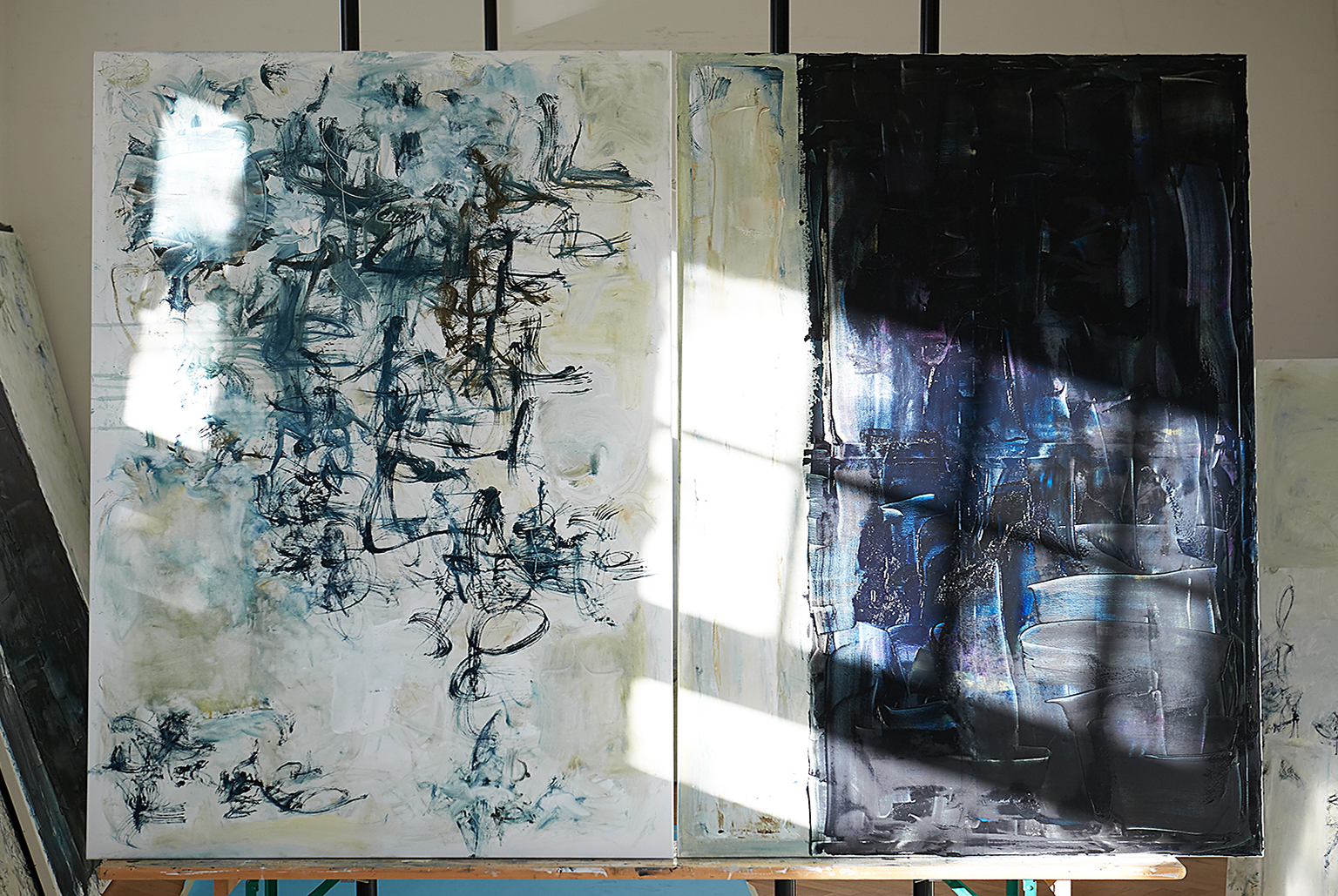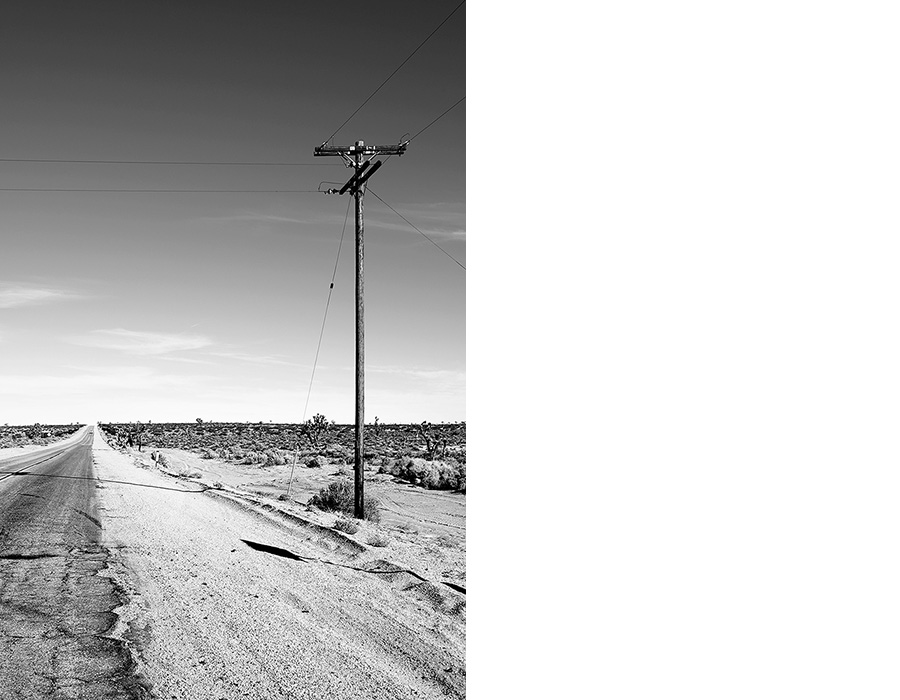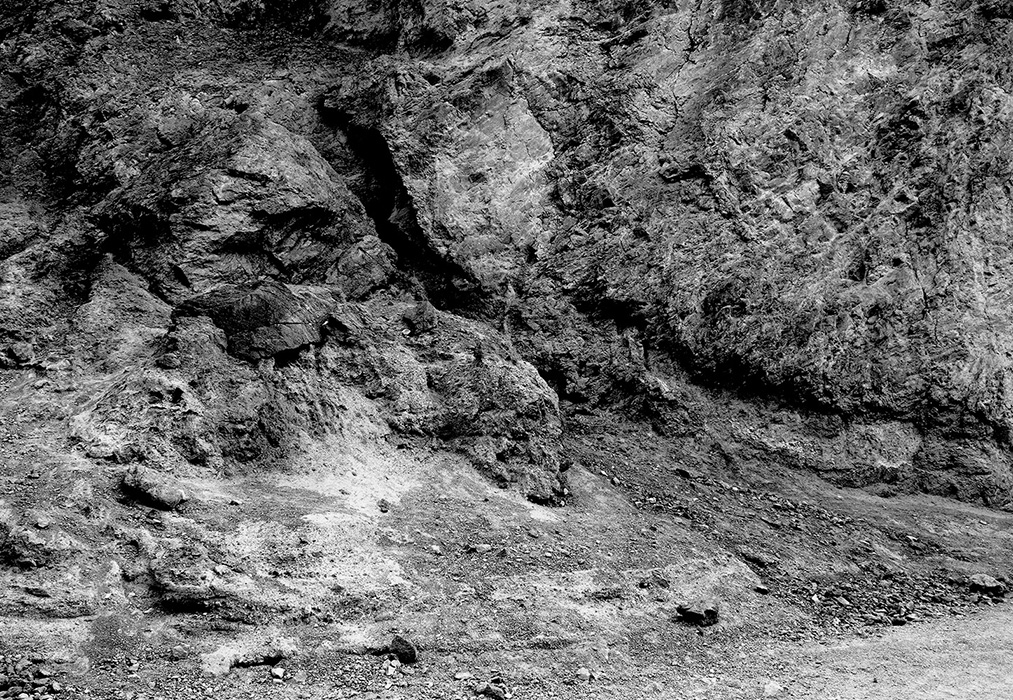https://www.thomasschuepping.de/uebersicht.html?zeige=1_exhibition–
Schlagwort-Archive: thomas
thomas schüpping painting
silent landscapes zzyzx 2000-2015
https://www.thomasschuepping.de/uebersicht.html
Silent Landscapes
„The landscape changed perceptibly: the higher embankment, which even obscured what was on either side of the road in some places, was lined with a virtually unbroken hedge of thick bushes behind which rose the occasional trunk of a pine tree. This far, at least, everything seemed to be in order.”
Alain Robbe-Grillet, The Voyeur, 1955 [1]
What sense might there be in photographically capturing landscapes and urban settings—far from the usual environment, far from any attraction – if (preserving or mediating) documentation is not even the goal? Is a recognition that stretches out over the landscape itself, or an equivalent experience, achieved through such extracts of found reality? Or are the photographs metaphors for something else? Walter Benjamin had emphasized the shortcomings of photography, finding it a danger to the synaesthetic – real-perception, and thus establishing a loss of sensuousness.
Benjamin speaks of the “here and now of the original” which configures its “authenticity.” In regards to nature he explains as follows: “The concept of aura (…) with reference to historical objects may usefully be illustrated with reference to the aura of natural ones. We define the aura of the latter as the unique phenomenon of a distance, however close it may be. If, while resting on a summer afternoon, you follow with your eyes a mountain range on the horizon or a branch which casts its shadow over you, you experience the aura of those mountains, of that branch.” [2]
Thomas Schüpping photographs landscapes and urban settings with an intensity that questions the aura as the authentic state of the real and considers its own standpoint between presence and absence. He creates surrogates for originality and pure beauty.
The photographs dealt with here were all shot in the United States: in the Mojave Desert, Death Valley, Nevada, and Los Angeles. They are almost always settings on the periphery of civilization, where the traces of abandonment predominate those of settlement.
The photographs in the Mojave Desert make up by far the largest share. Schüpping focuses on the Californian section of the desert where temperatures in the summer reach over 110º F (45º C). He avoids tourist attractions in favor of the untouched and the self-determined. A self-understanding of the landscape, which he photographs in its relative monotony in black and white, and usually in landscape format, is in his interest. He captures the vegetation in the vastness of the desert that continues beyond the image. Now and then highways and railroads course through, seeming as though they were always there. The high-voltage towers measure the distance in their rapport, and reference electrification and telecommunication; yet it seems as though time stands still and the technology is out of service. In individual photos Schüpping places constructed elements – foreign bodies in nature – clearly as the focus of the image, like the jungle gym in a playground, which he photographed again after an interval of several years. But there again, the landscapes and surroundings he photographs in the Mojave Desert always seem generous and straightforward in their emptiness, unchanging. Worth noting is that while most of the landscape photos here do without human subjects, in several other groups of works Schüpping turns his attention to people and faces exclusively. But both areas form the basis of the same engagement: Thomas Schüpping carves out the being-there of his subjects in, as he says, the “discovery – the seeing of the one motif.” [3] Without archival or cartographic intention in his photographs in the desert, he consistently pursues the inhabited as well as the abandoned, the side effect of transport traffic which itself is hardly intact. He shows rural architecture half hidden in bushes and only still partly used as motels, with their billboards and signs. The road signals the non-stop passage through – and it defines the horizon in its spatial dimension. “The straight line prefigures high speed: the rectitude of the mark between two poles, between two cities, anticipated the tracing of high-speed vehicles, automobile tire tracks, as well as the trail of jet exhaust gasses in the sky,” writes Paul Virilio in his book “Bunker Archeology.“ [4]
Thomas Schüpping depicts the hereafter and abandonment. In his strongest photographs he allows us the feeling of full deceleration. This happens entirely without the evidence of movement. Only very seldom is a vehicle seen driving in the distance; some images show a graveyard of cars. In contrast, half of the photographs are focused on the portrayal of the desert itself, in the places where it remains untouched by humans. In his photography Schüpping turns to the natural texture of the region; in recent years particularly mountain ranges and hills behind a vast plain. His gaze wanders from the highest point on the mountains, their foothills seeming like the paws of giant prehistoric men. Then again in other images he takes a lower perspective, carrying over the low-set view of Piero della Francesca into nature, emphasizing its indefinite expanse. In the foreground single bushes or barren tree trunks grow, here and there is a Joshua tree. Schüpping records the sharpness and intricacy of the leaves as well as the rugged rock formations. The camera captures every projection and every crack in the dry plain – factual and precise, while tonally nuanced, these photographic depictions convey nature in its assertiveness and brittle sensuousness.
Schüpping organizes his photographs according to a classic method. He works with the axis of symmetry, for instance, extending the railroad track bed from the foreground deep into the distance and in this way dividing the landscape. He composes his photographs according to the Golden Ratio in a constructive arrangement; in conversation he refers to the tradition of the Bauhaus. In his photographs the natural stratifications often run at a slight angle from the left edge of the image to the right, creating a subliminal dynamic and revealing the syntax of the region. A concentrated suspension in the panoramic overview and a democratic visual sampling are inextricably linked in the landscape photographs of Thomas Schüpping. Does this exchange from nearness to distance, though it is neither, recall not also the perception of the painters between classicism and romanticism who went off to Italy, crossing the Alps and, in this way, were even accomplices of geologists, like Caspar Wolf and Joseph Anton Koch?
Schüpping records the landscape in the sense that he is a witness, registering everything with the same seriousness and, in so doing, captures the natural condition – under the auspices that it is constantly changing and never quite able to be fully grasped. He chooses this “classical” photography on site and place to experience the landscape in times in which every stone can be digitally retained, measured, and evaluated from space. He redirects nature to immediate acquisition: as an unknown terrain, as a world without people. But for Schüpping it is the enlightening impetus of a Robert Adams, for whom individual subjects become witnesses and thus monuments. Rather he retains a haphazardness on his journeys, unrestricted and interested in not just the intervention of civilization or the geographic processes in nature.
This separates him from the followers of the New Topographic movement. He formulates the seemingly eternal sameness and the almost infinite, and chooses as well the texture of this austerity. He shows that these “ordinary,” unspectacular places are not totally “empty,” but require unstinting attention to divine their complexity. In an intricate process of positioning, looking, and waiting for the right light, the experience is here for inspection. “We perceive – We see. We see with our eyes and we see with our minds. We want to see the truth about life and all of beauty. Both are a great mystery to us,” [5] writes Agnes Martin, and to this Thomas Schüpping would surely subscribe.
Thomas Hirsch
[1] Alain Robbe-Grillet, “The Voyeur,“ 1955, English edition, translated by Richard Howard, New York, 1958.
[2] Walter Benjamin, “The Work of Art in the Age of Mechanical Reproduction,“ 1936, English edition, translated by Harry Zohn, New York, 1969.
[3] In conversation with Thomas Schüpping in his studio in Düsseldorf, March 26, 2013
[4] Paul Virilio, “Bunker Archeology,“ New York, 1994.
[5] Agnes Martin, “The Still and Silent in Art,“ 1974 / 1992, in: Dieter Schwarz (ed.), Agnes Martin, Writings, 6th edition, Ostfildern-Ruit, 2005.
